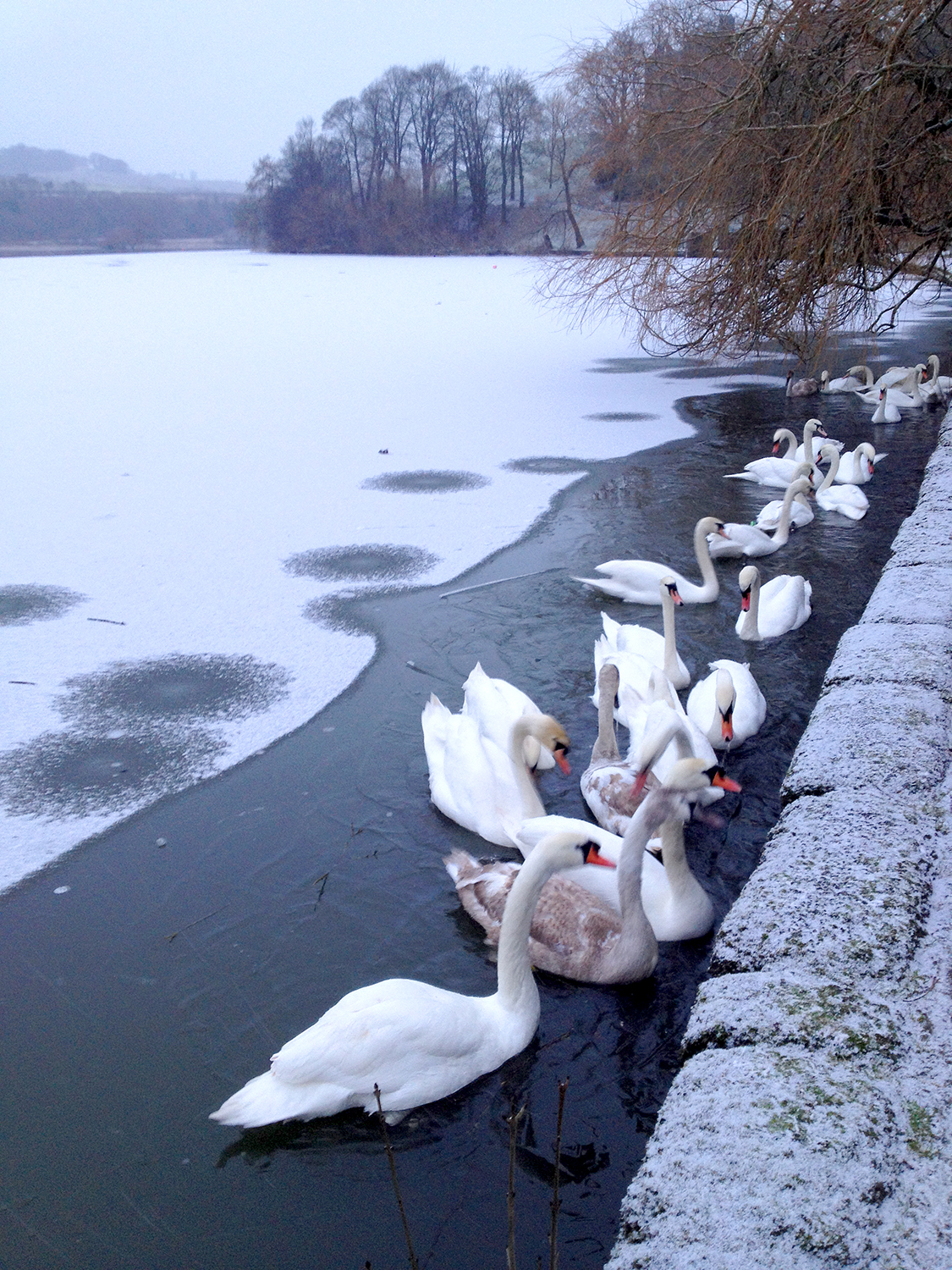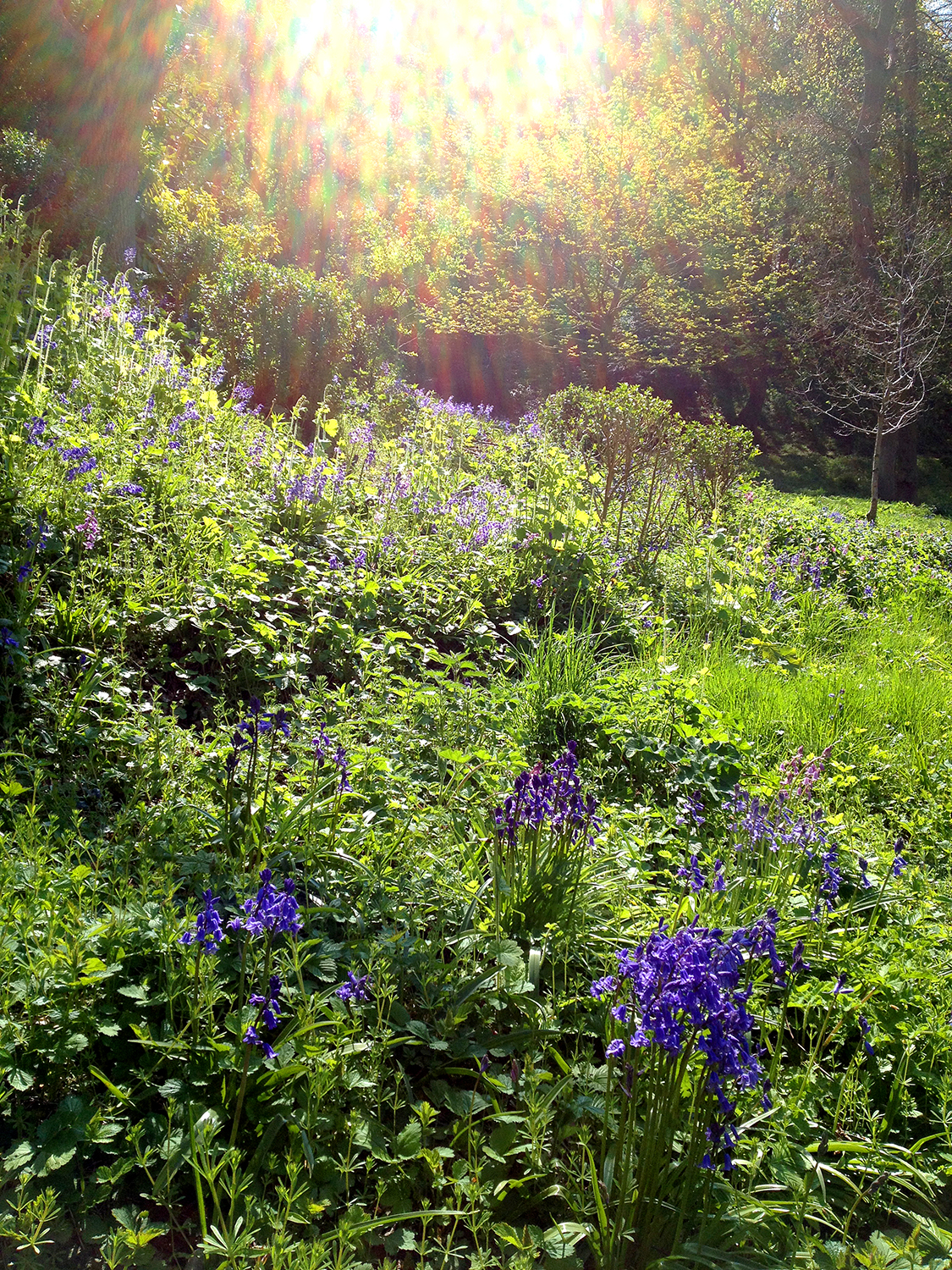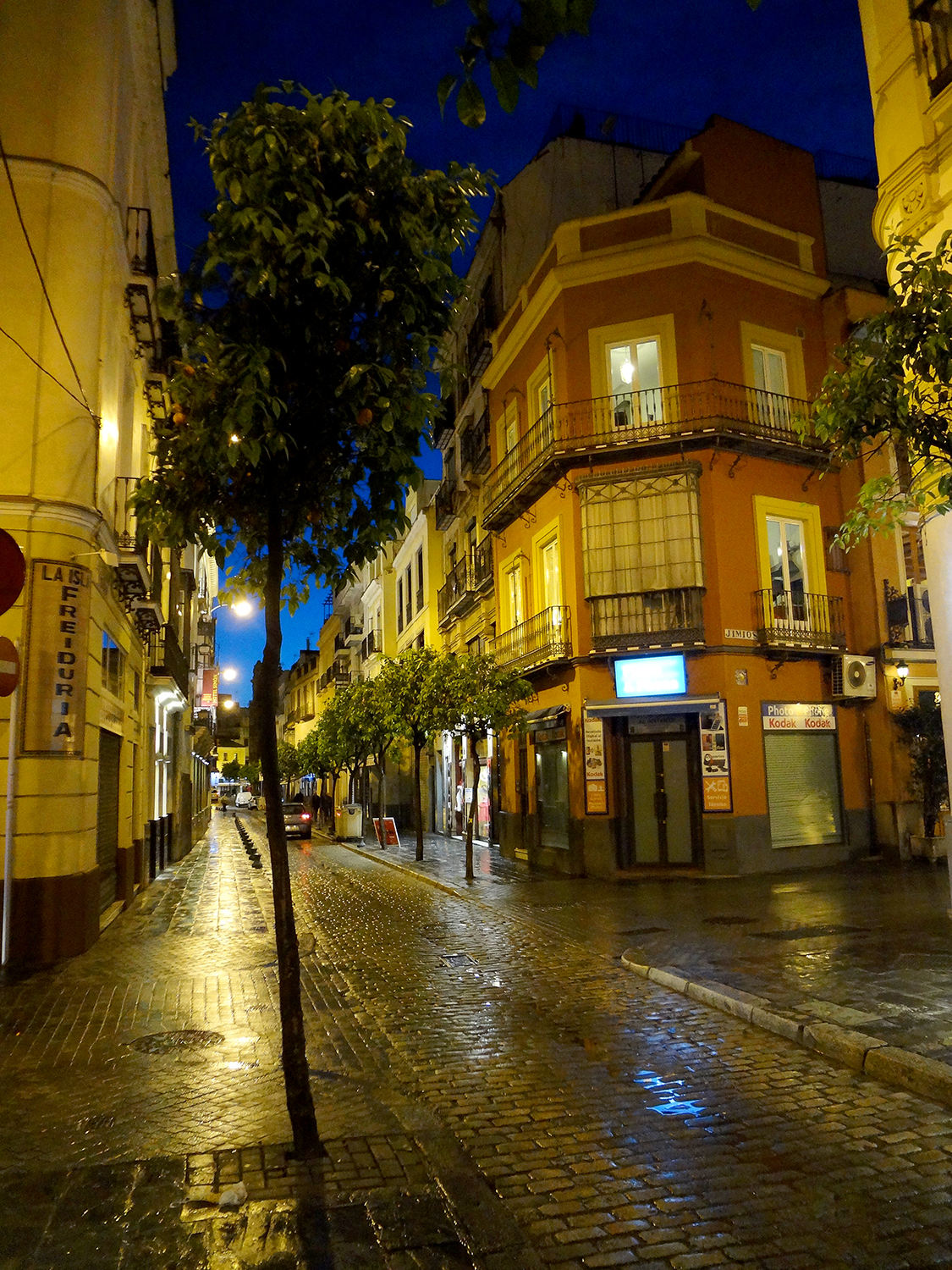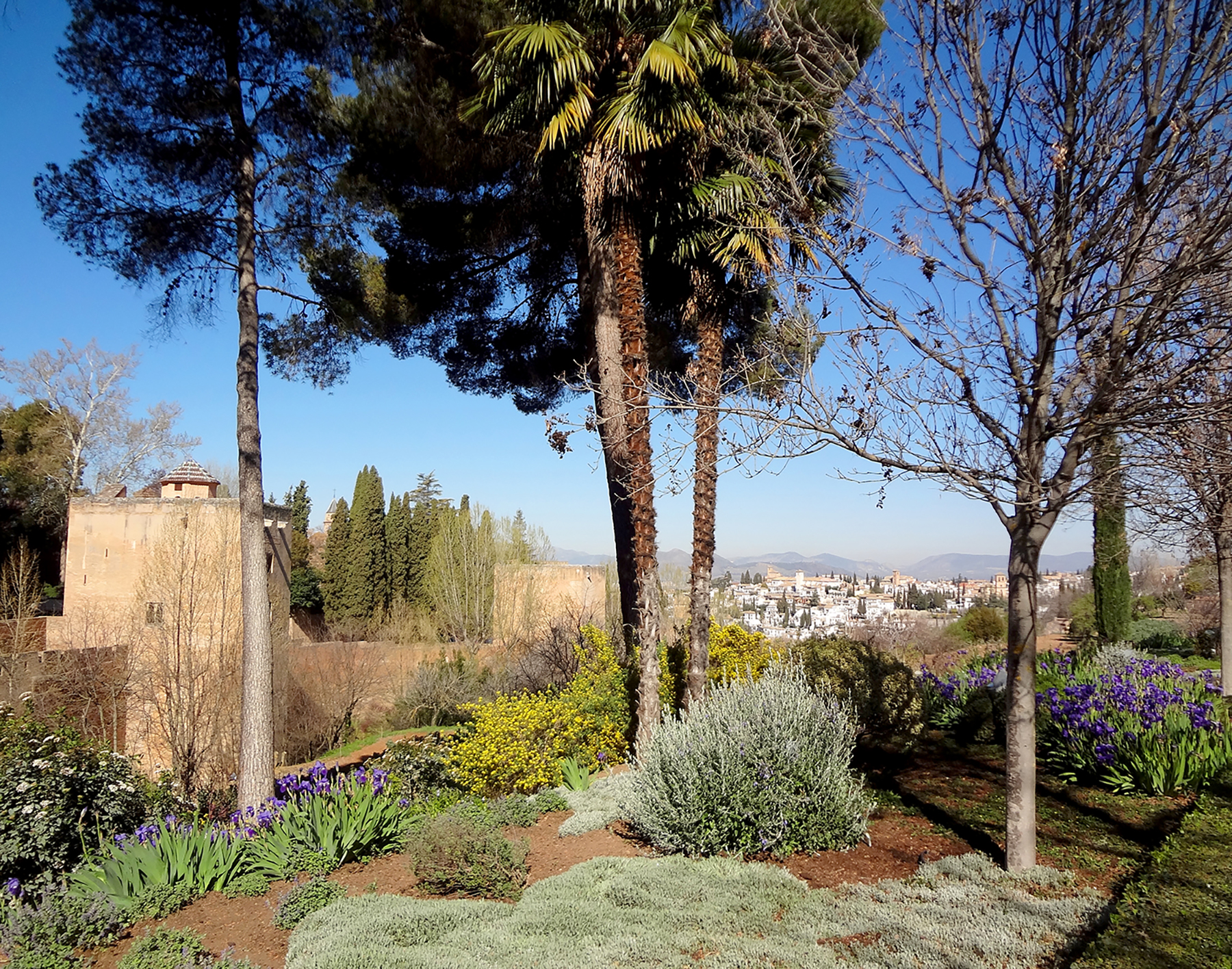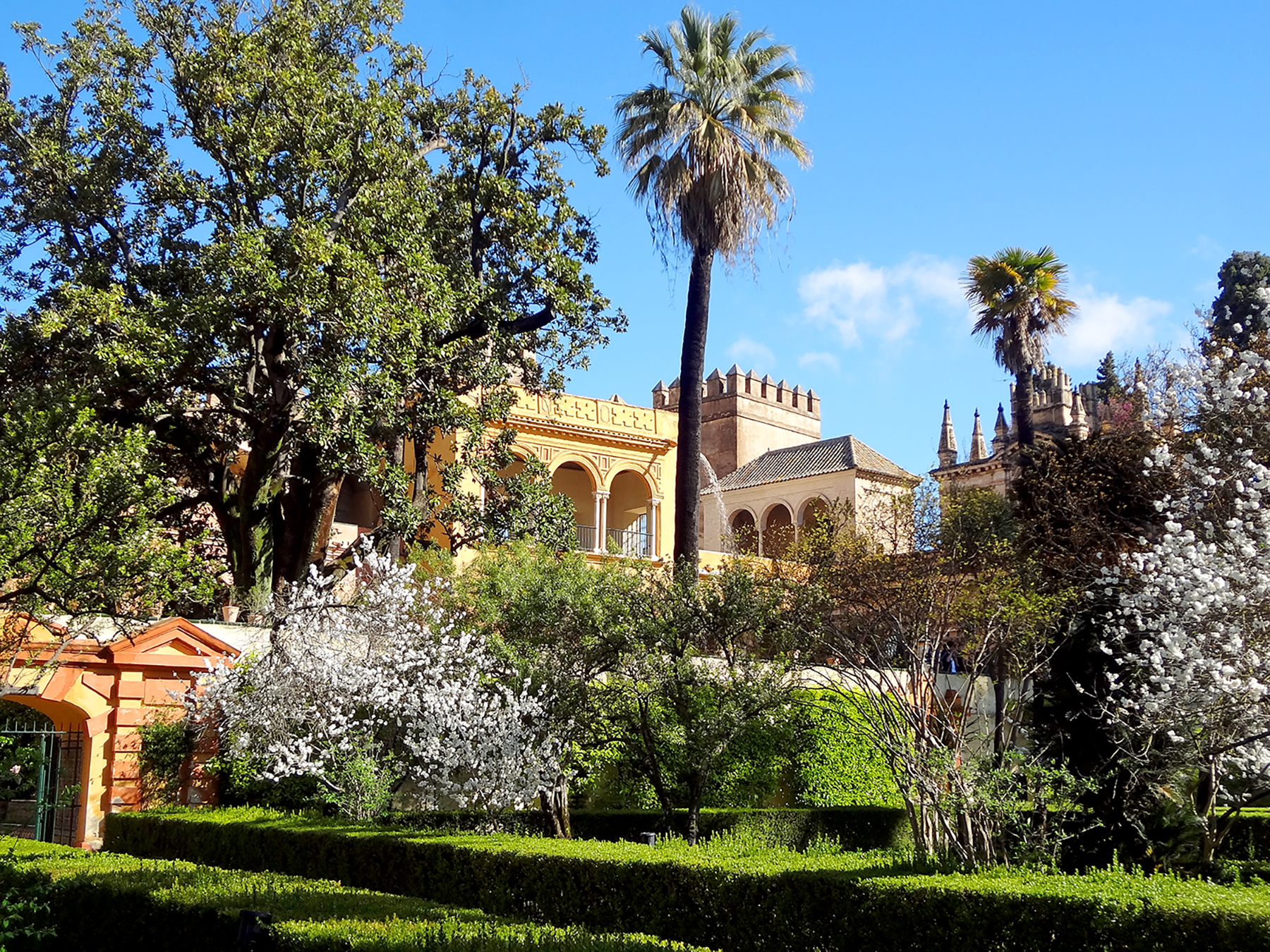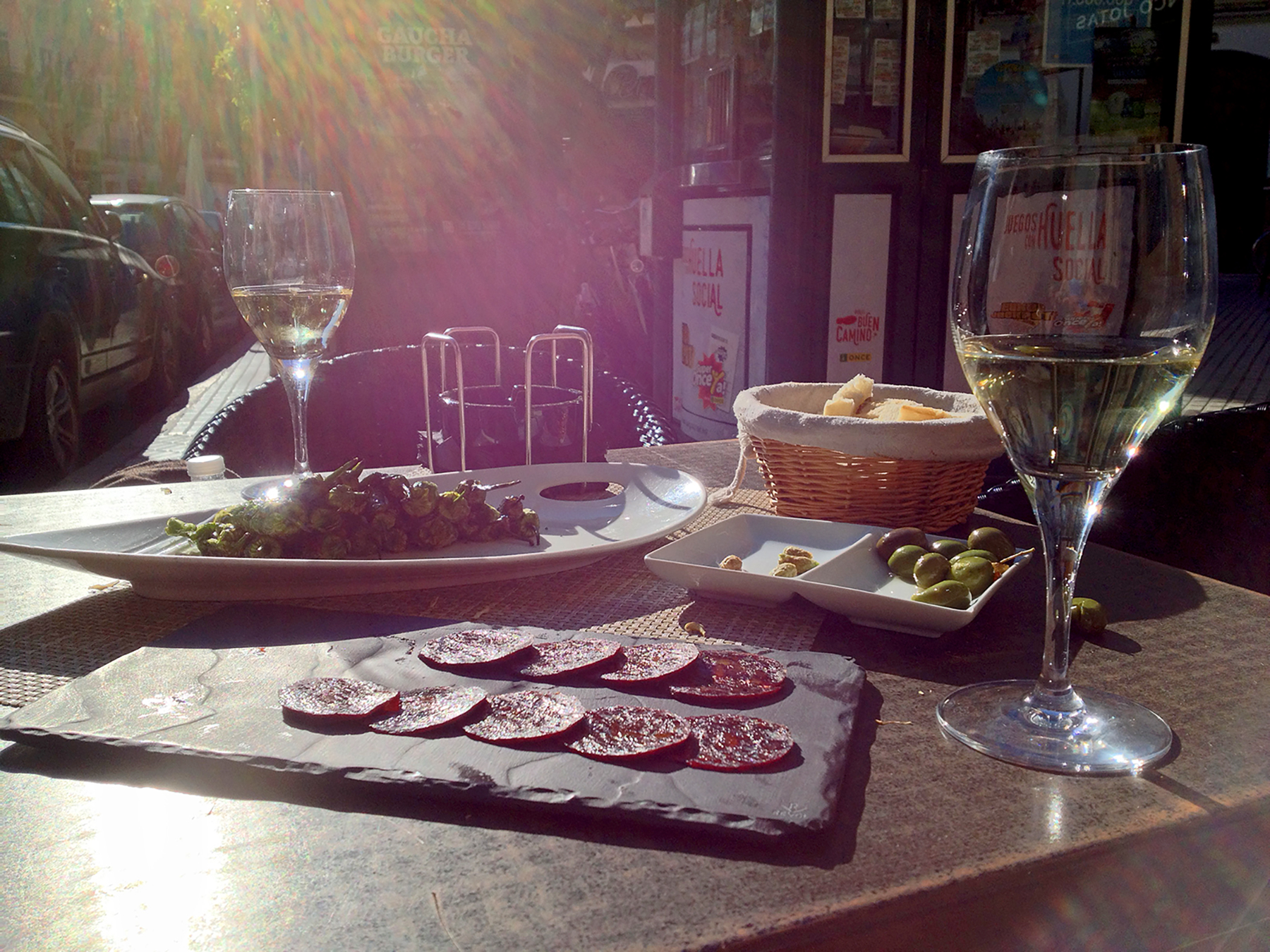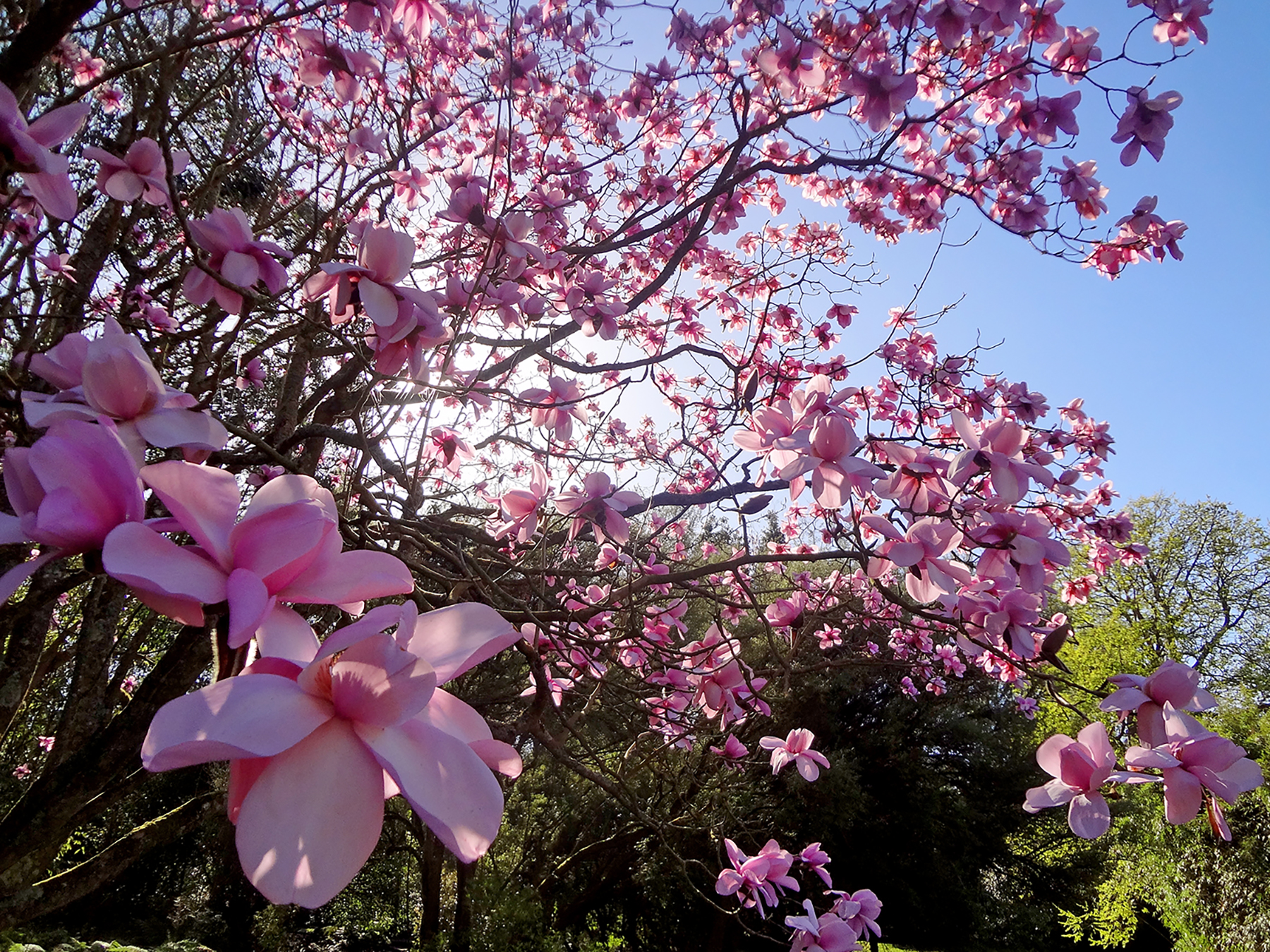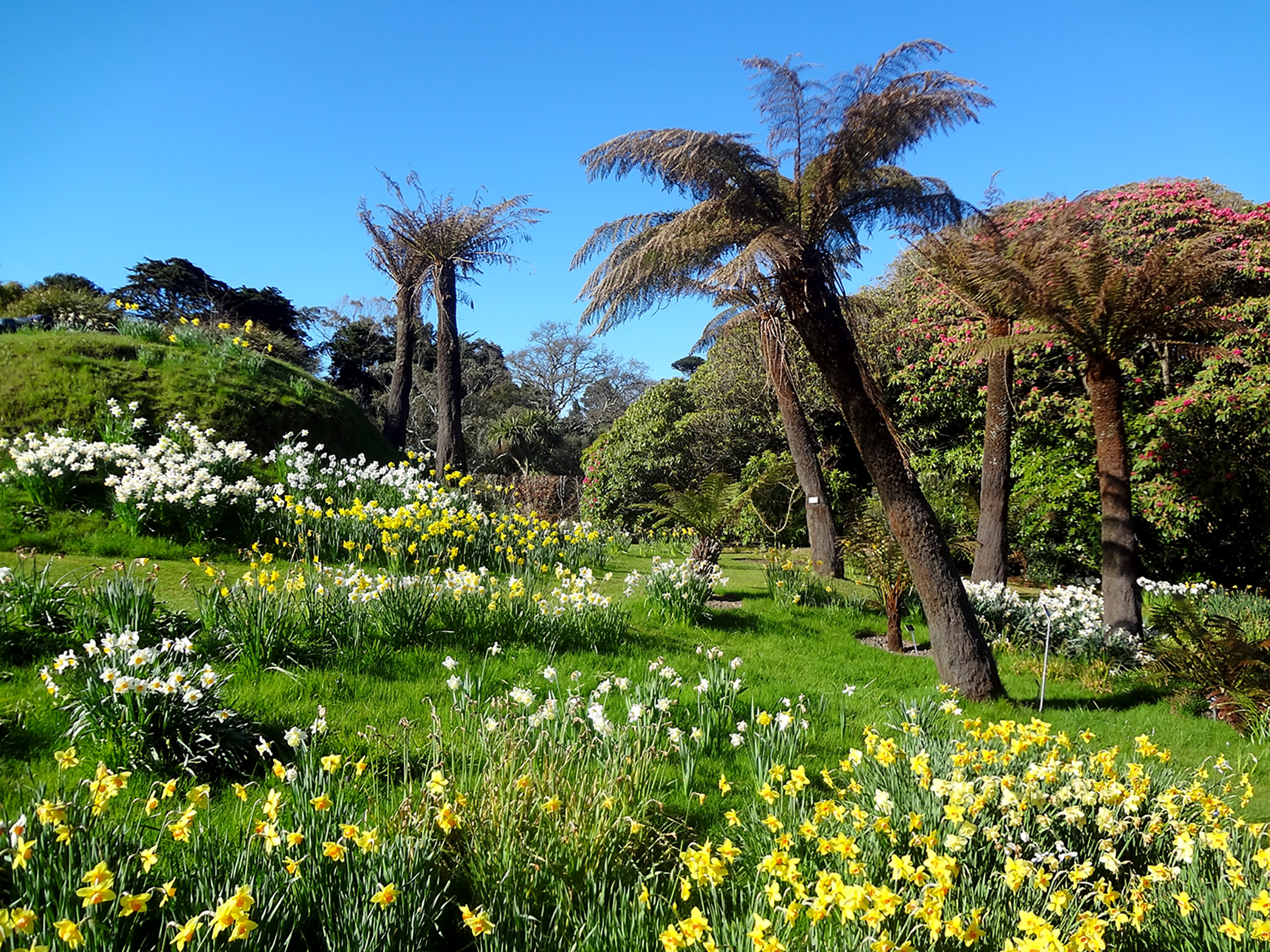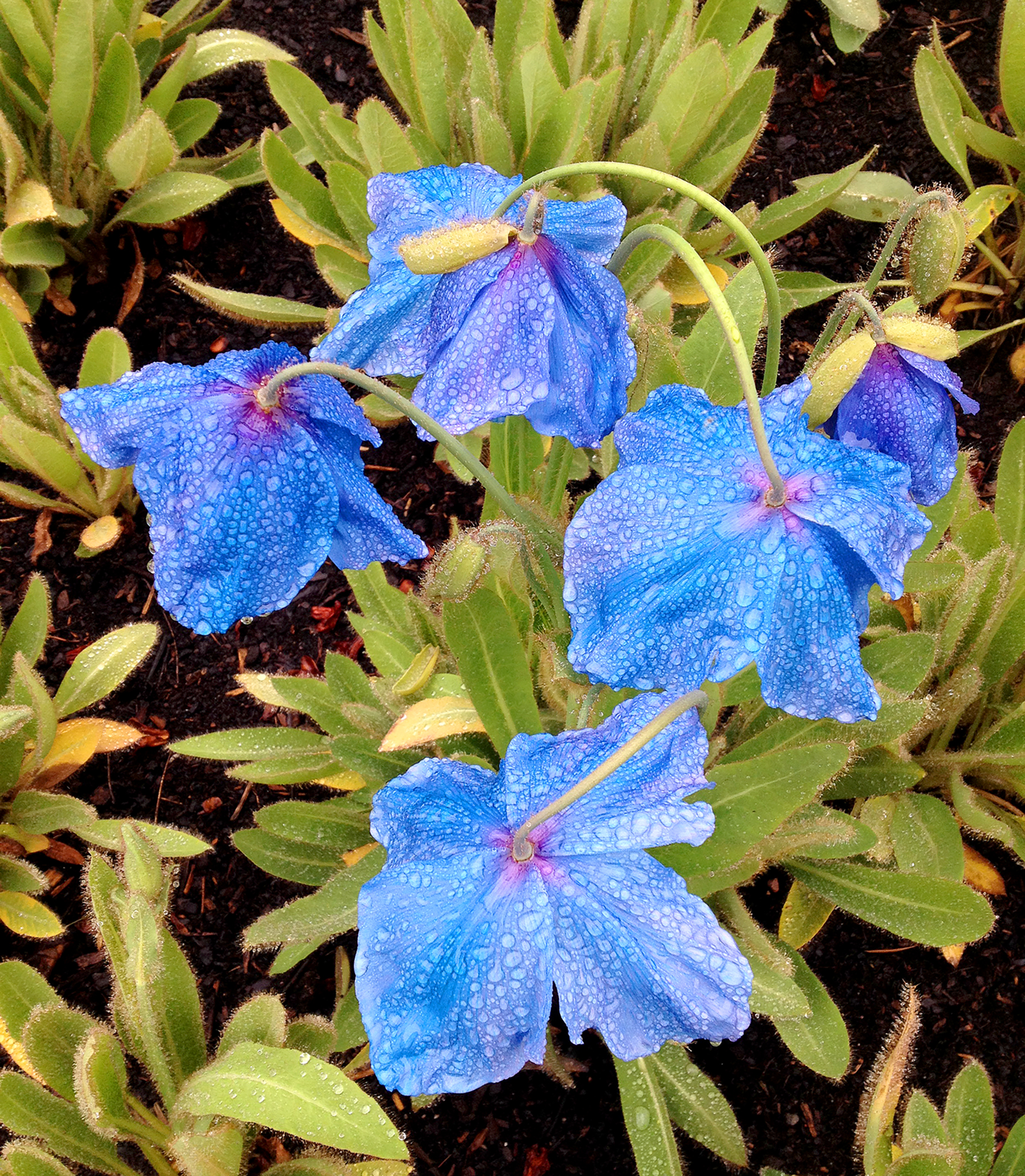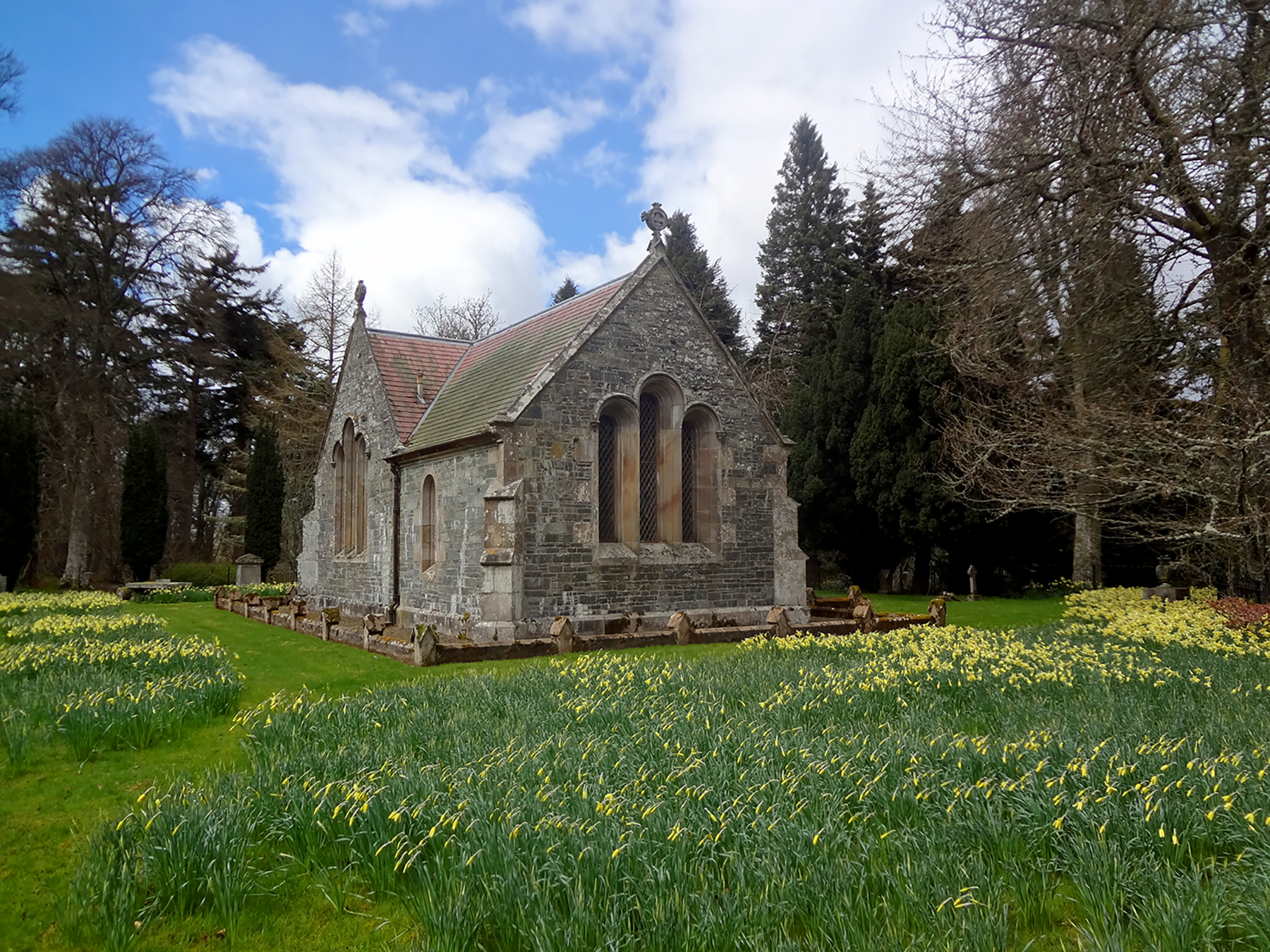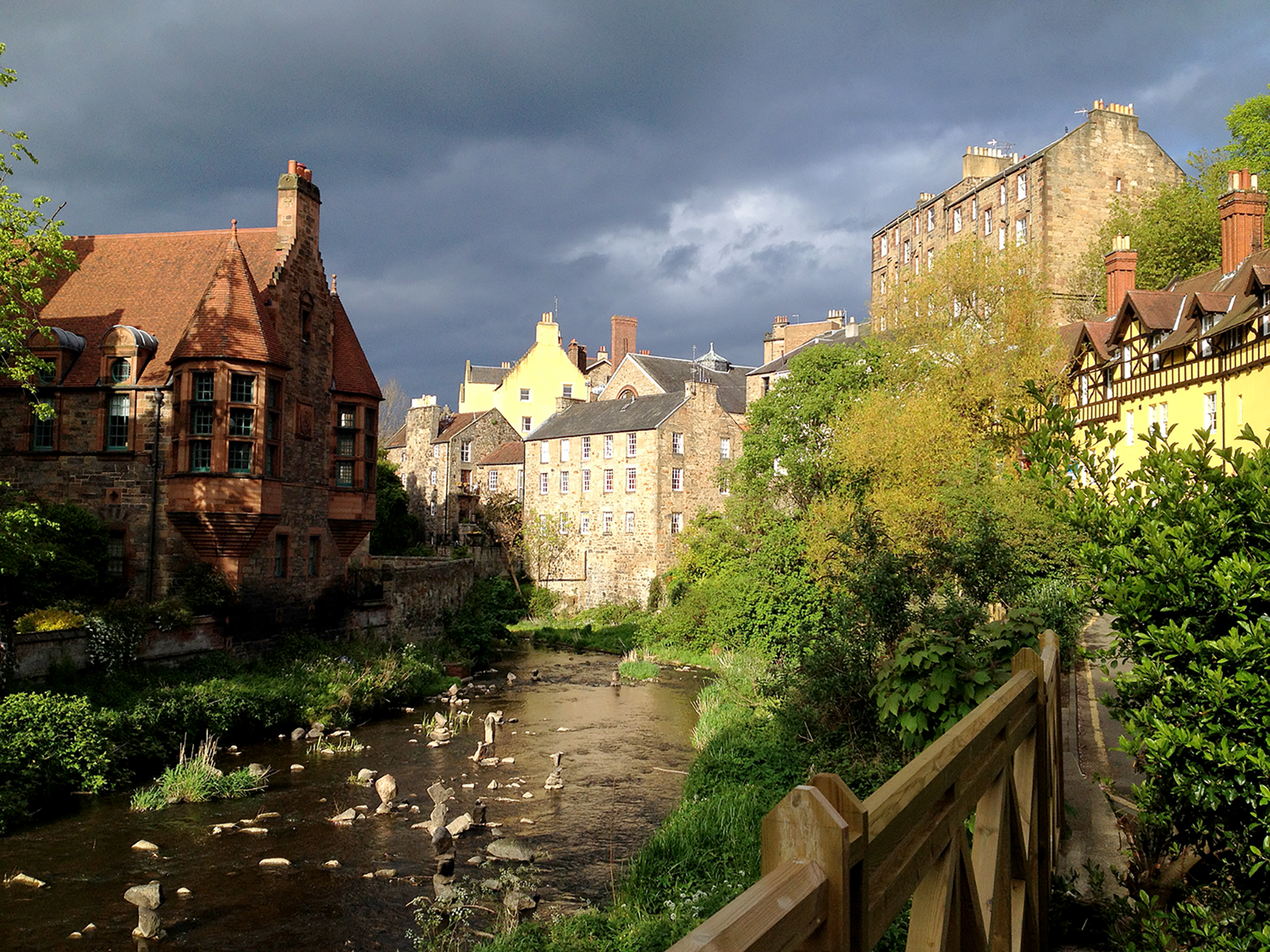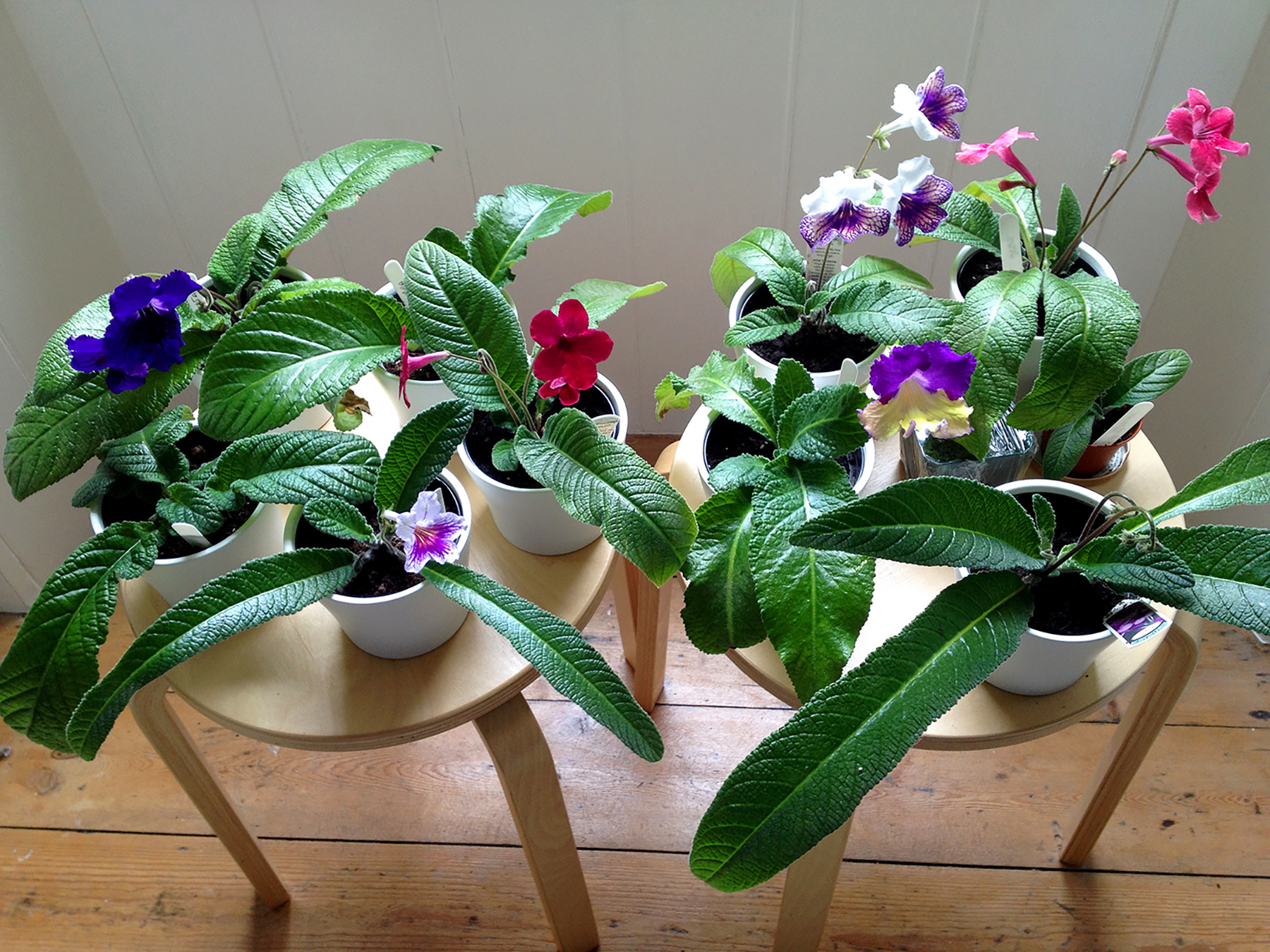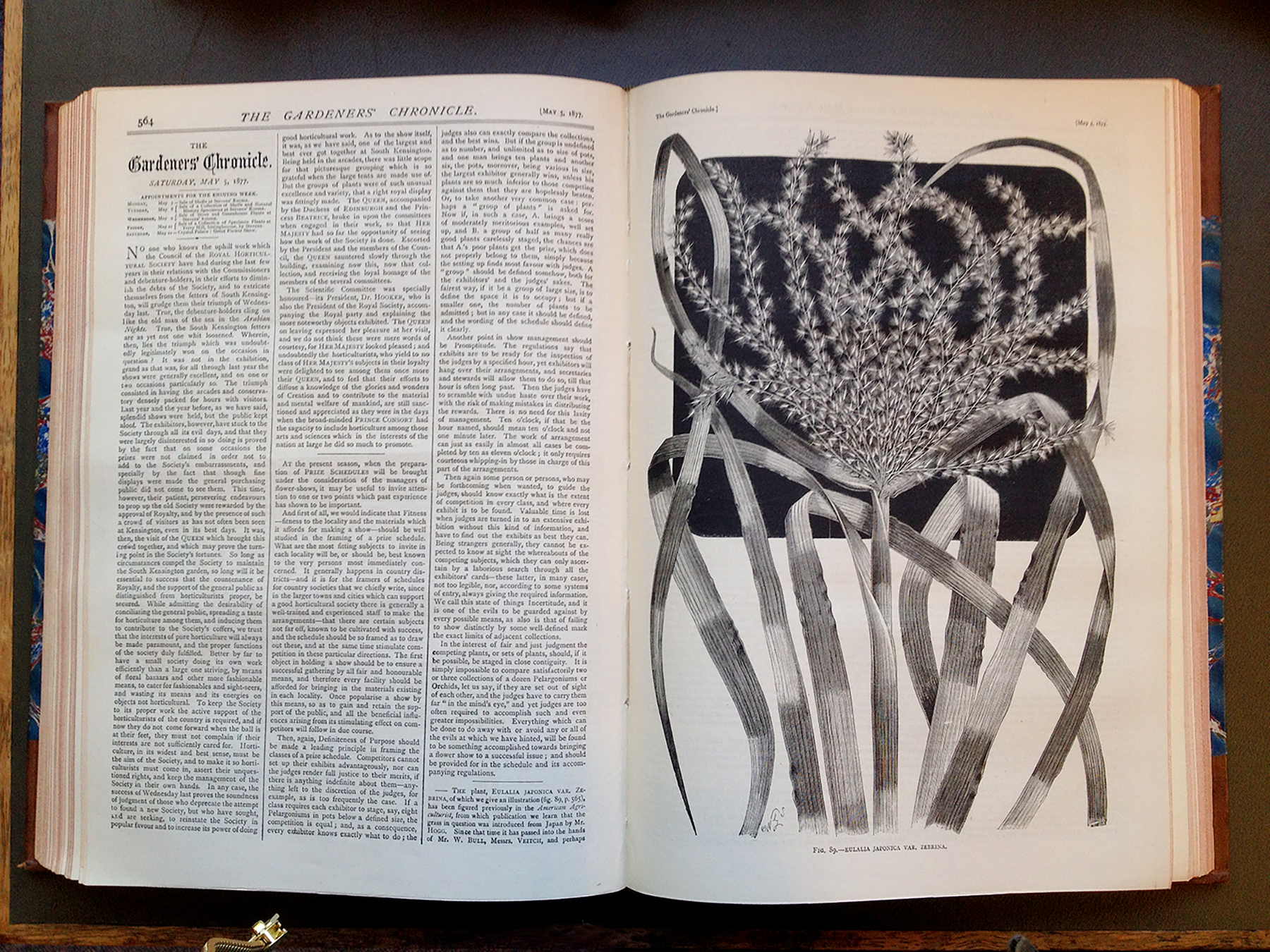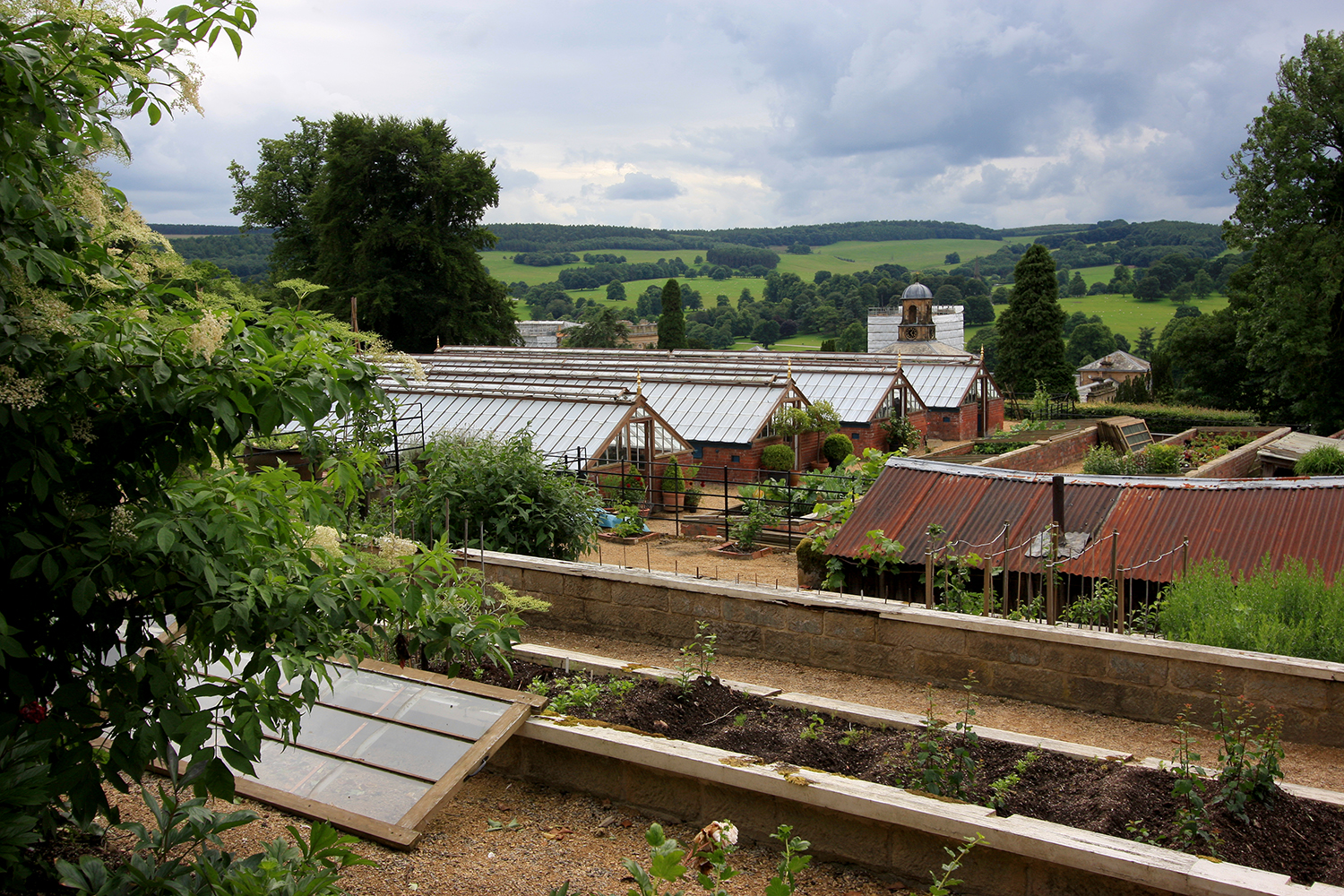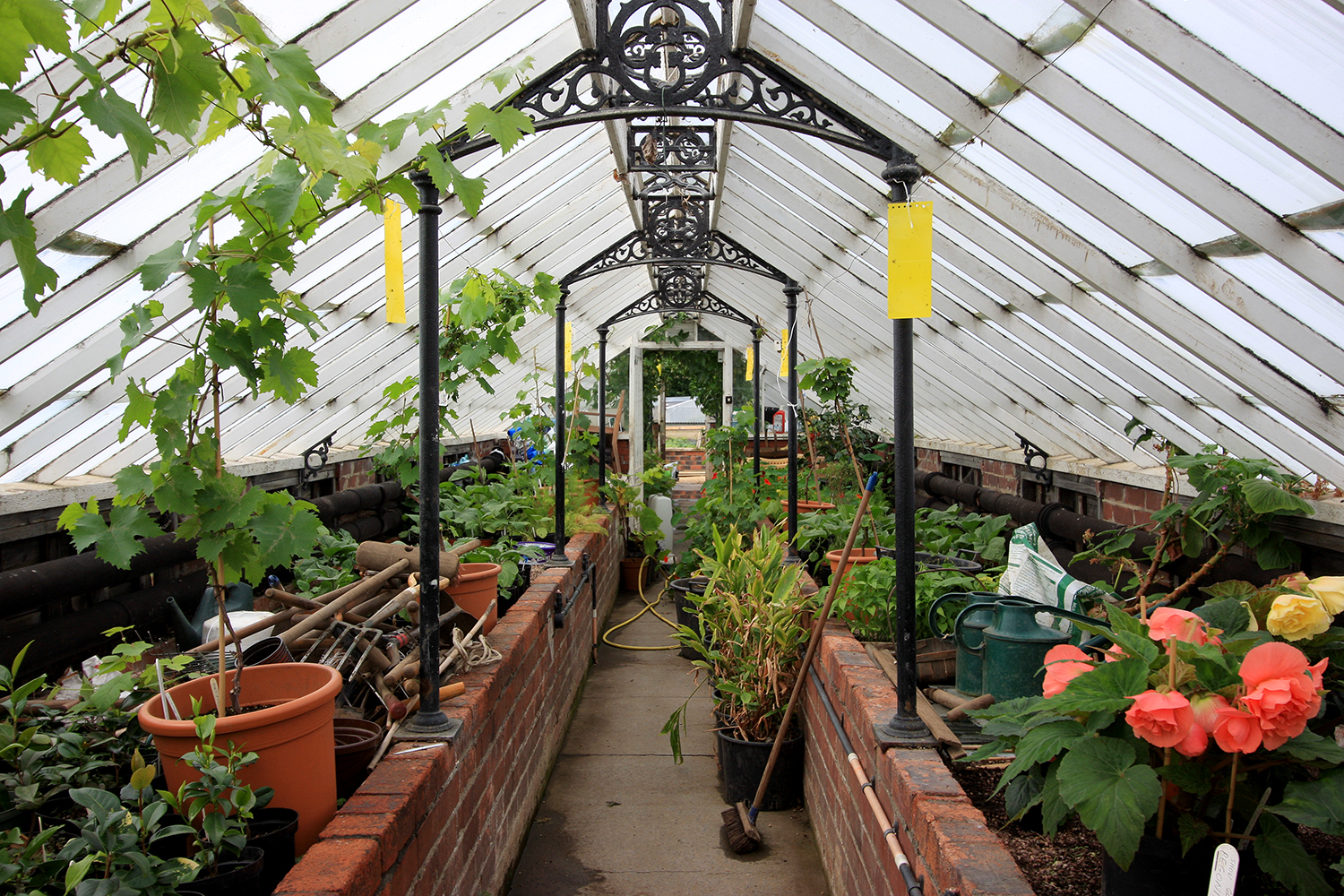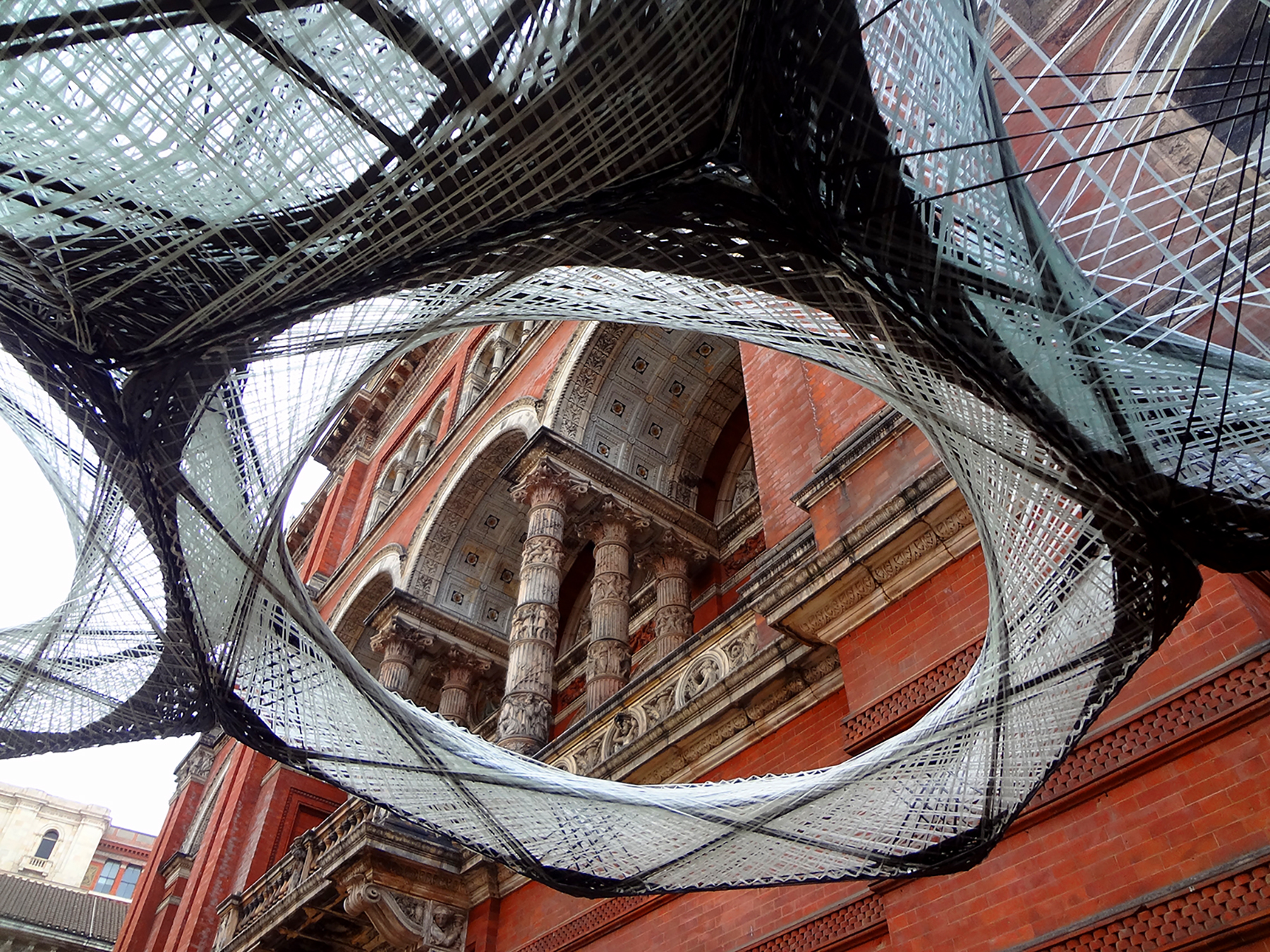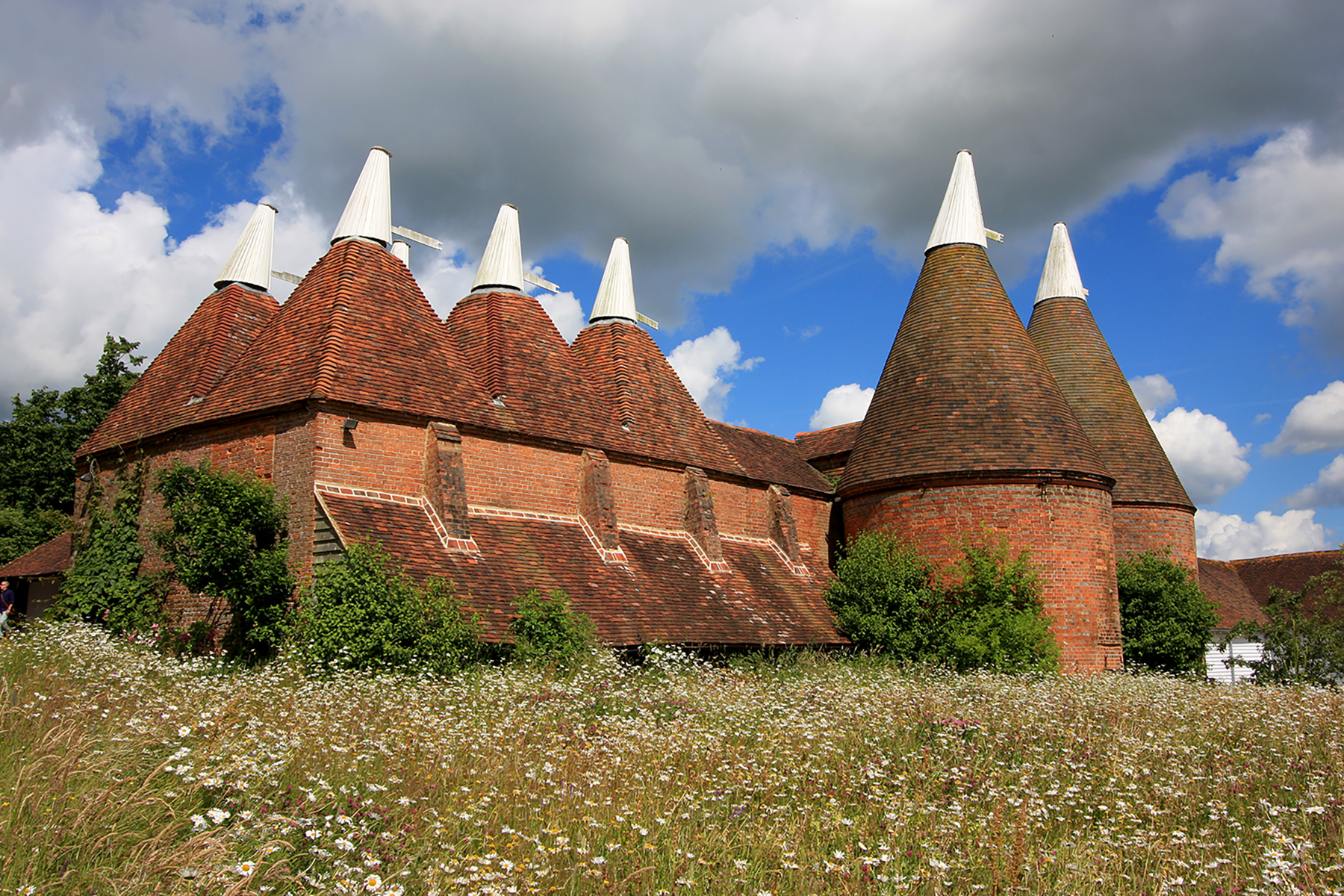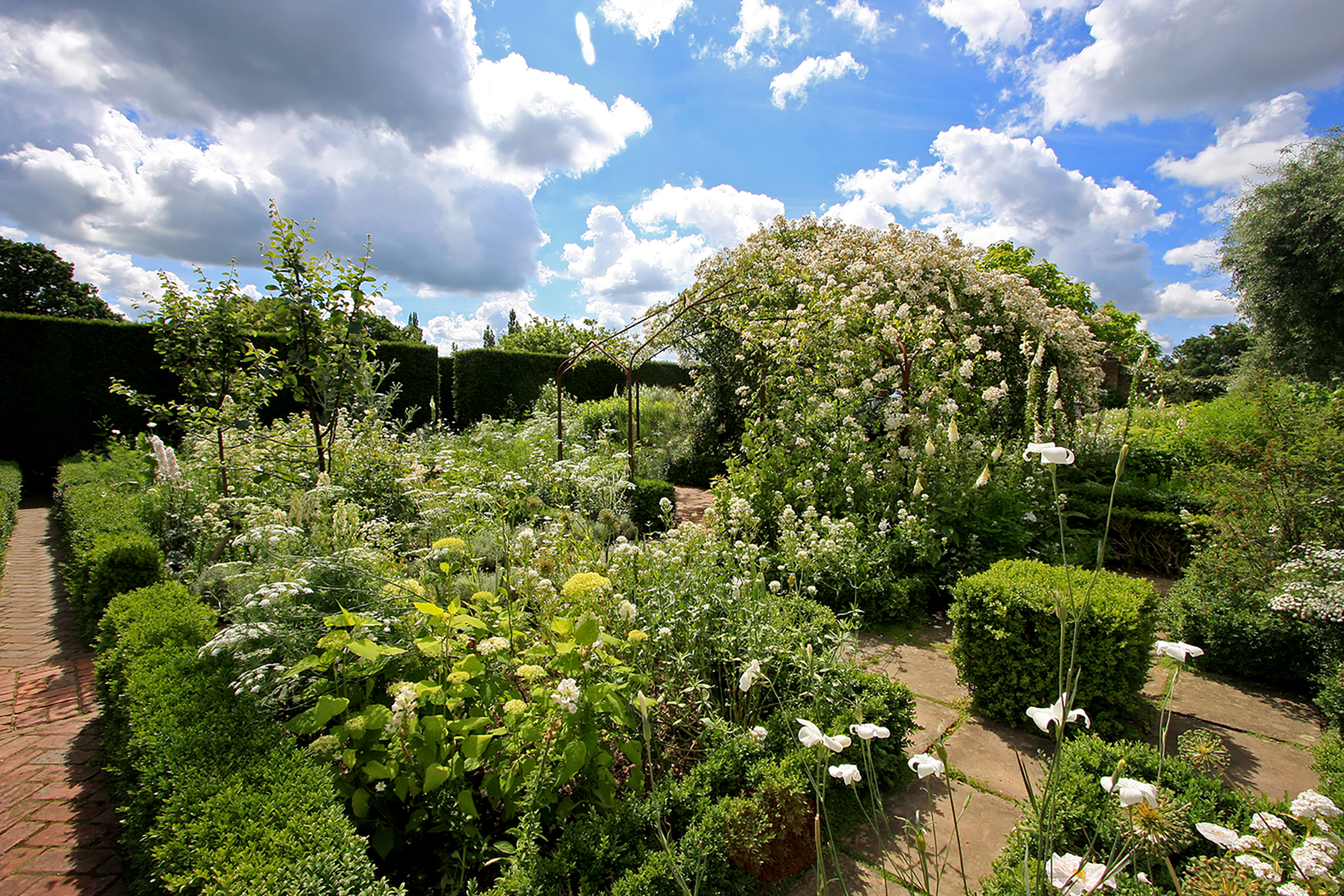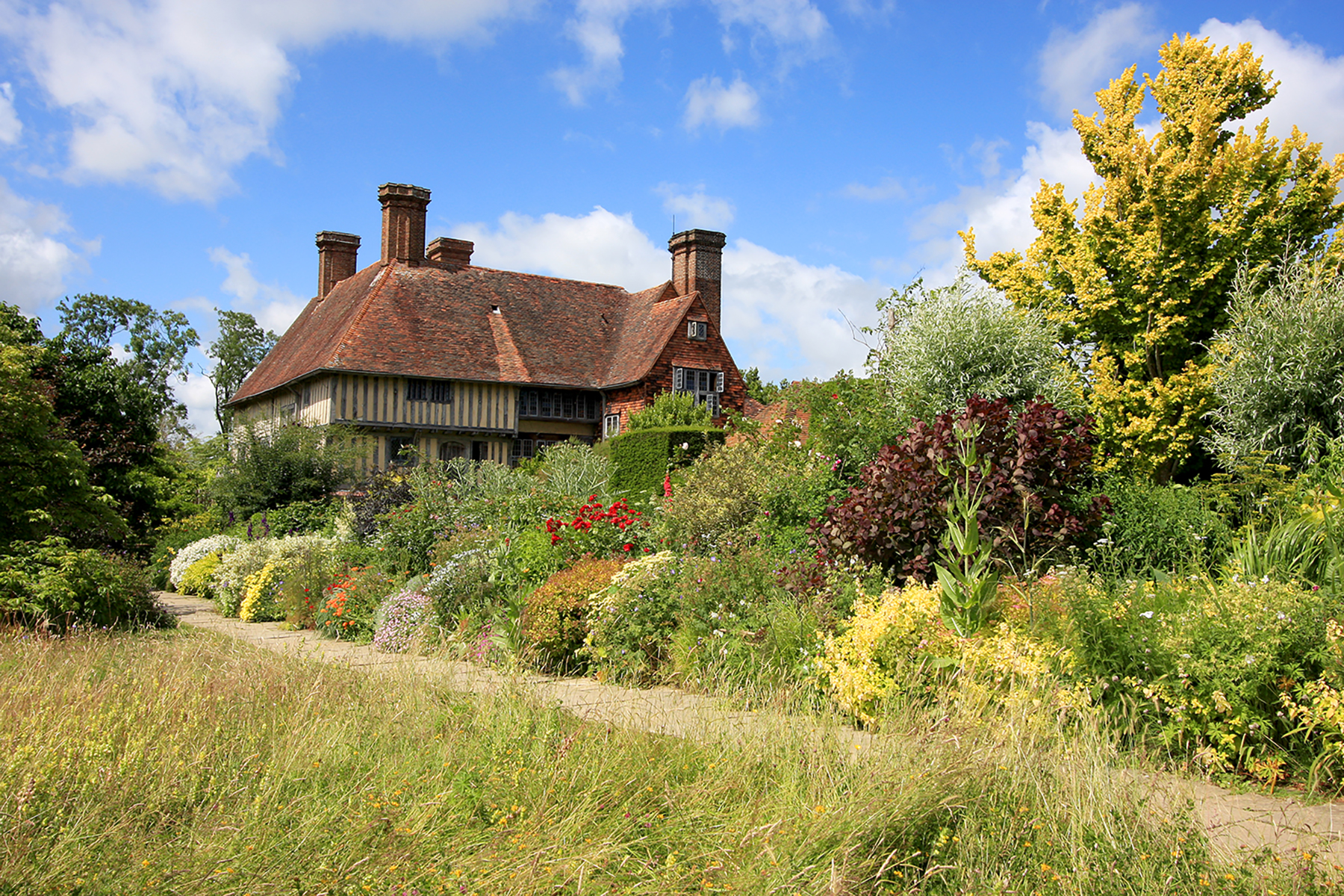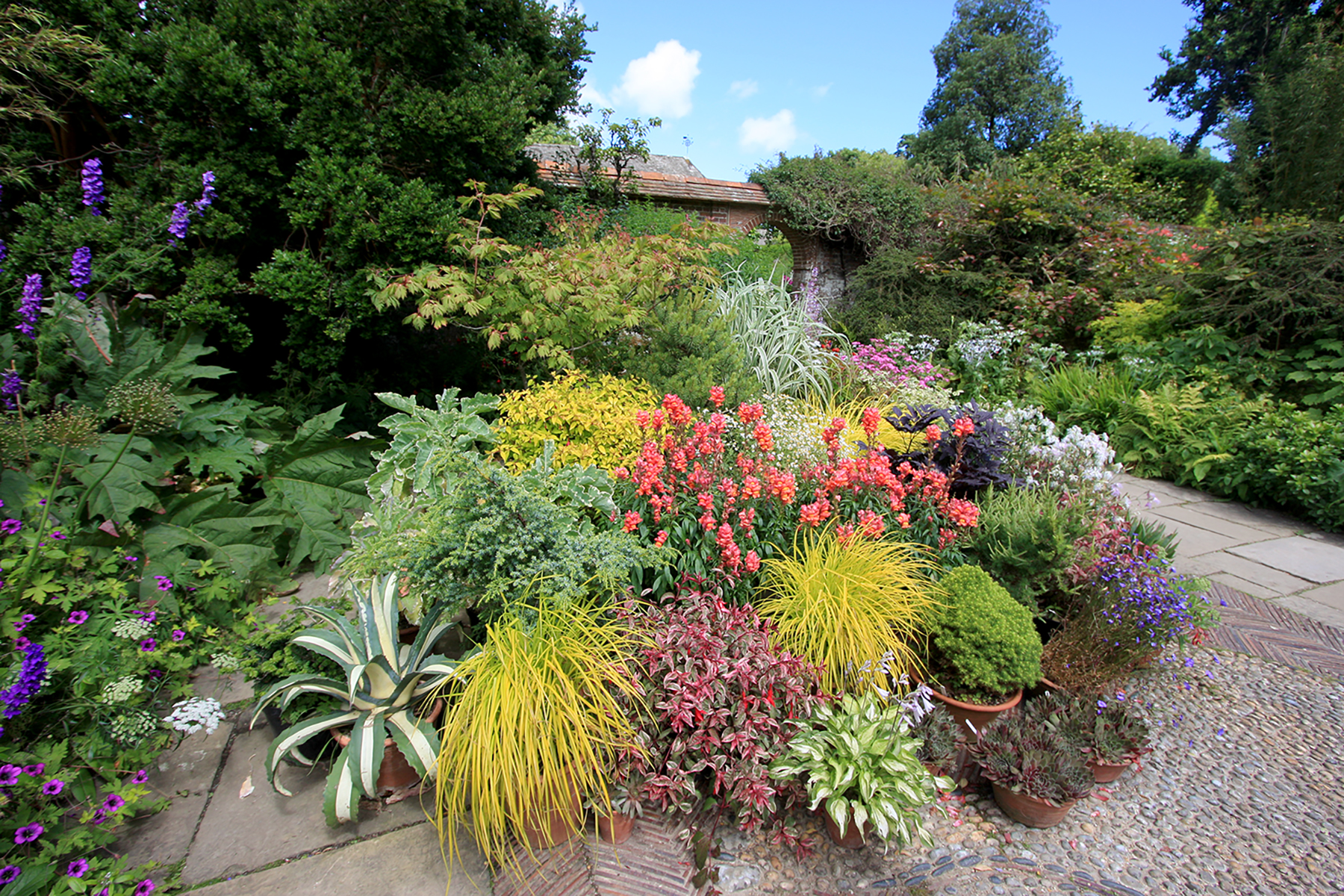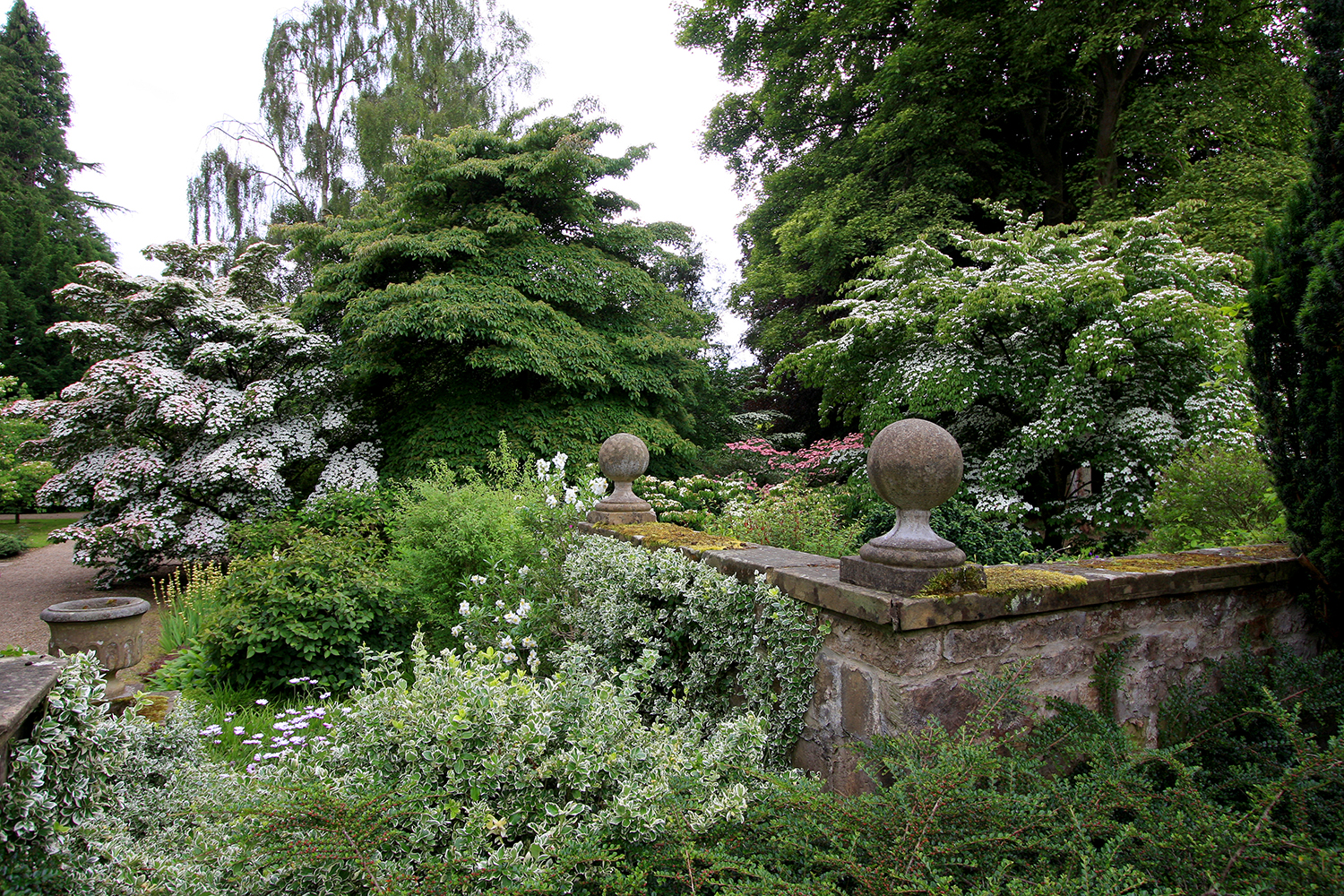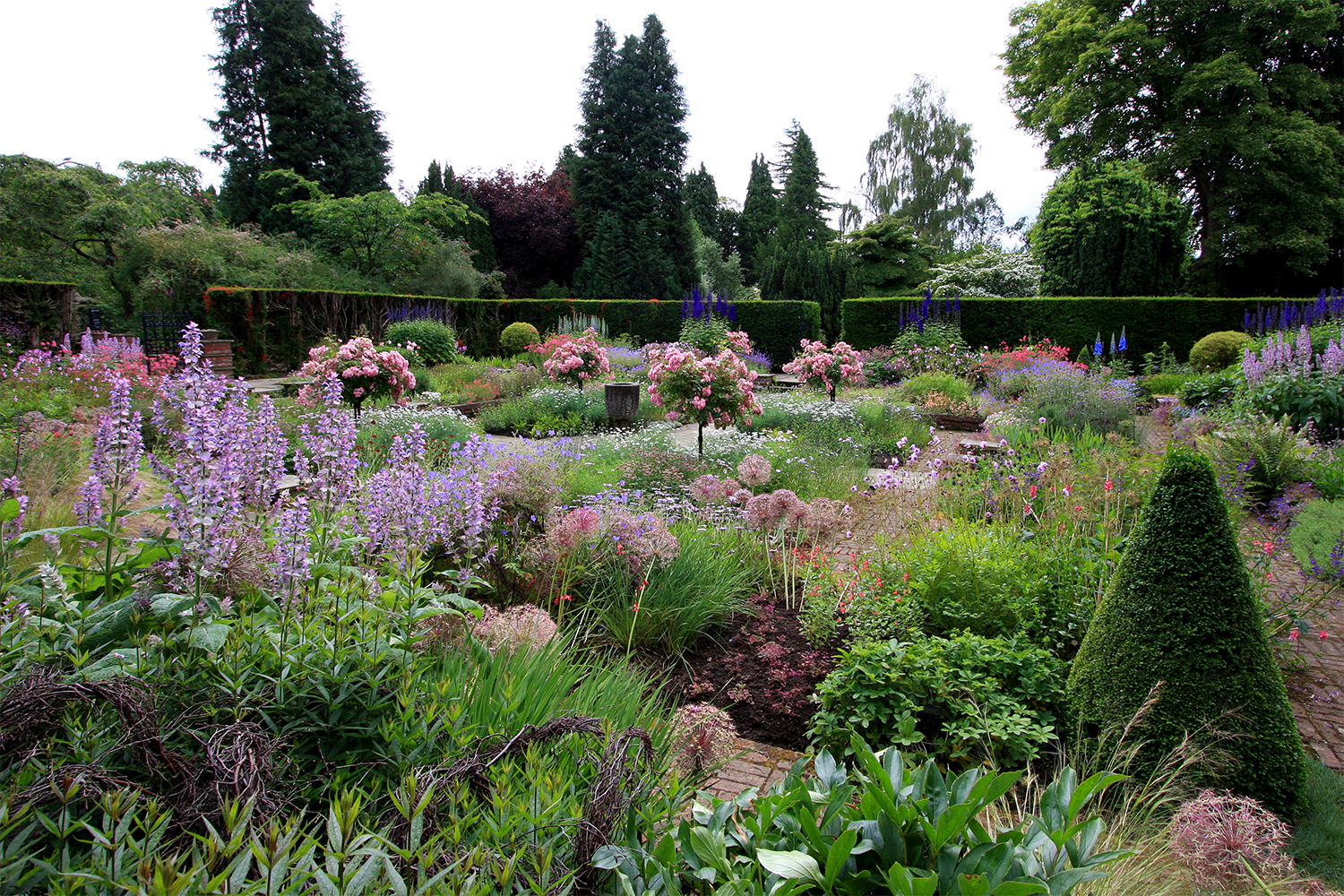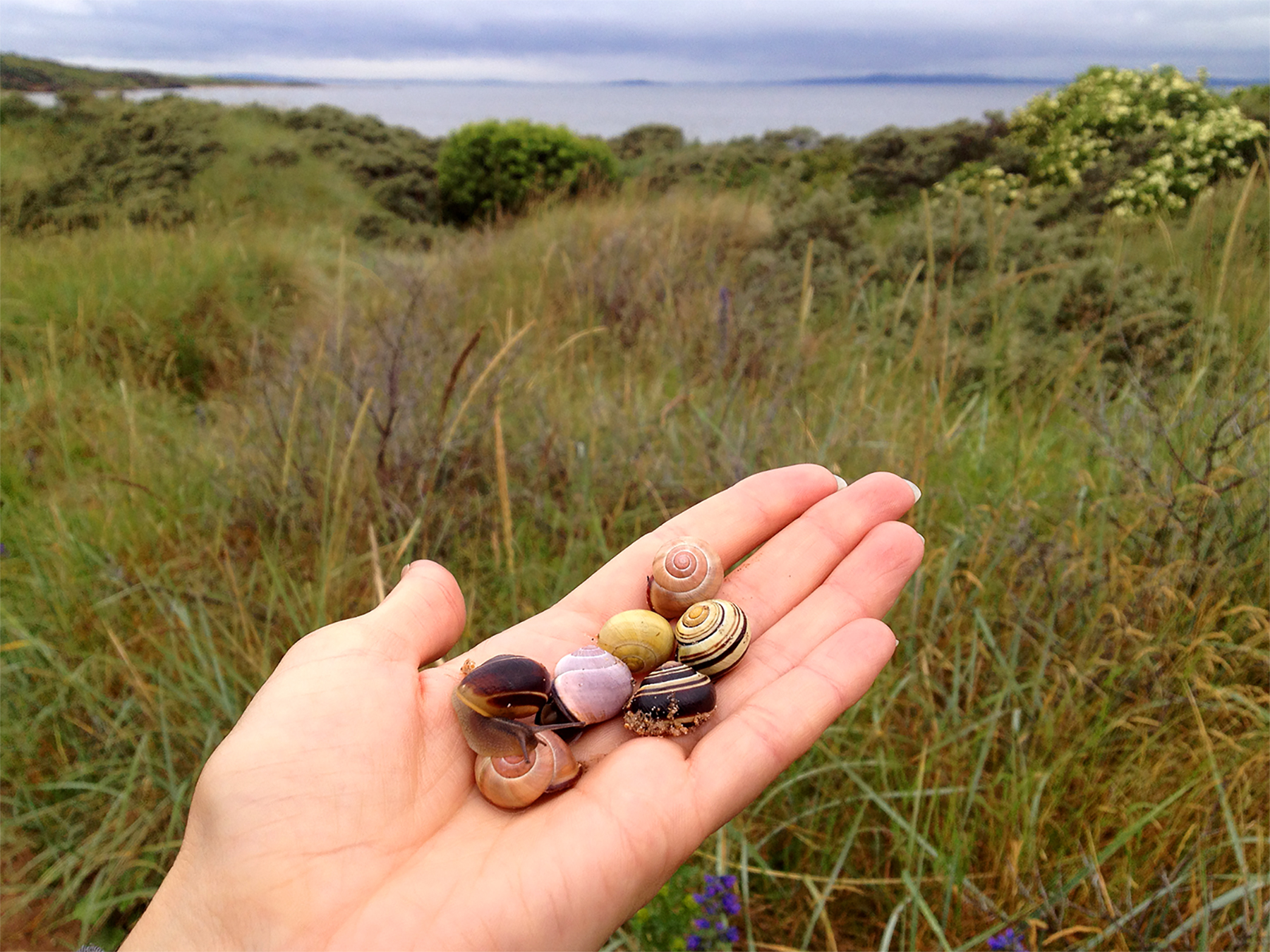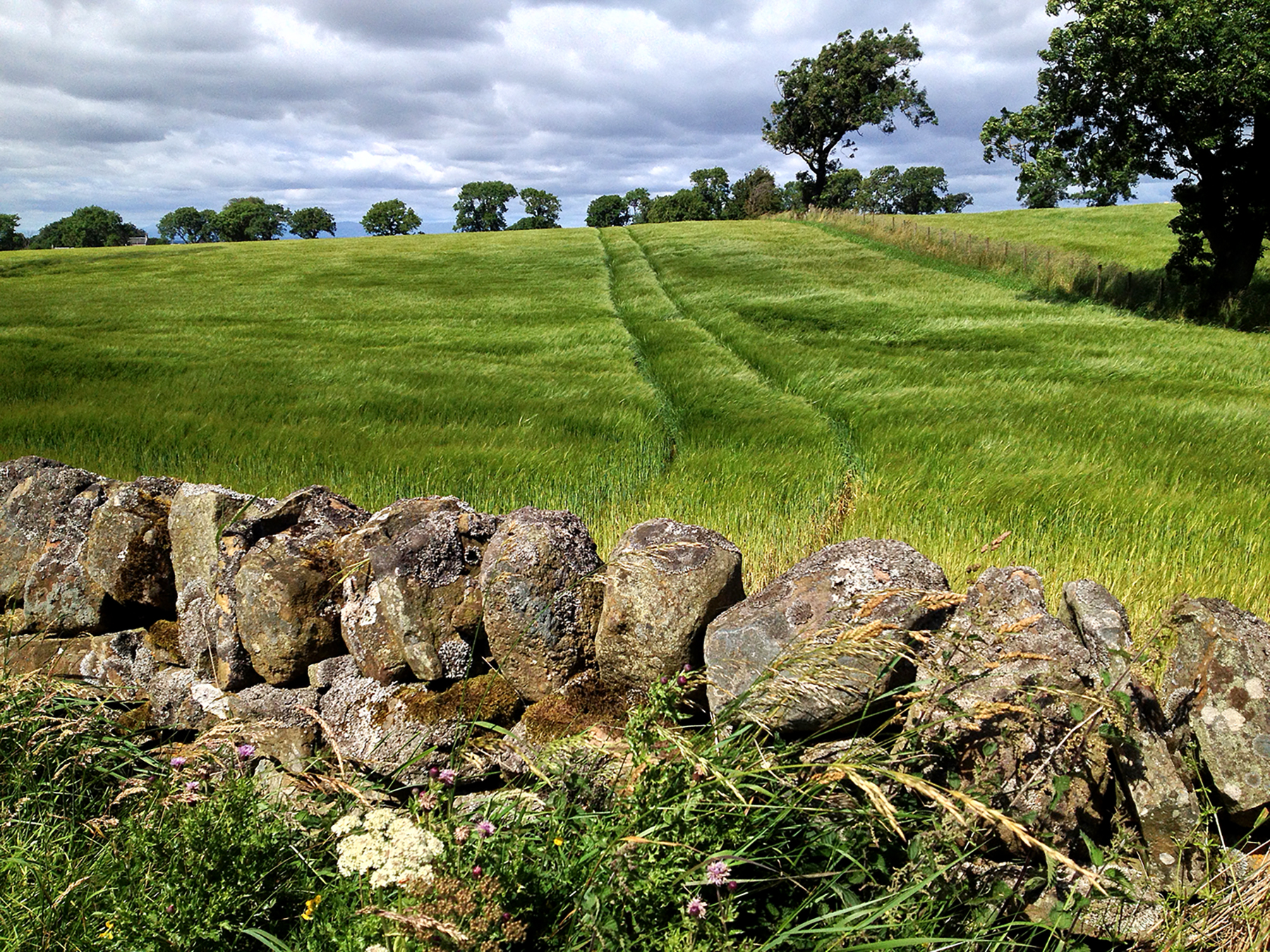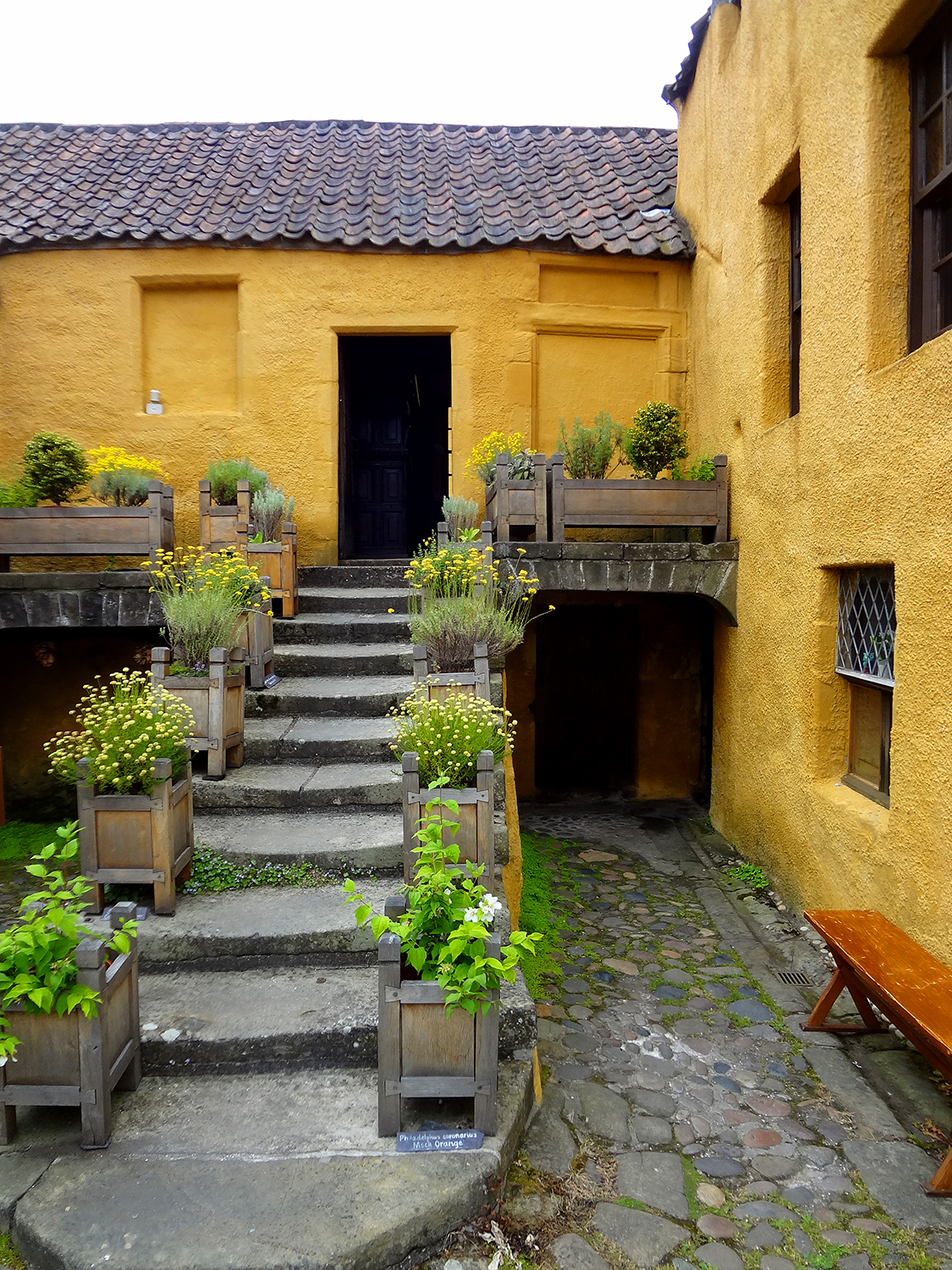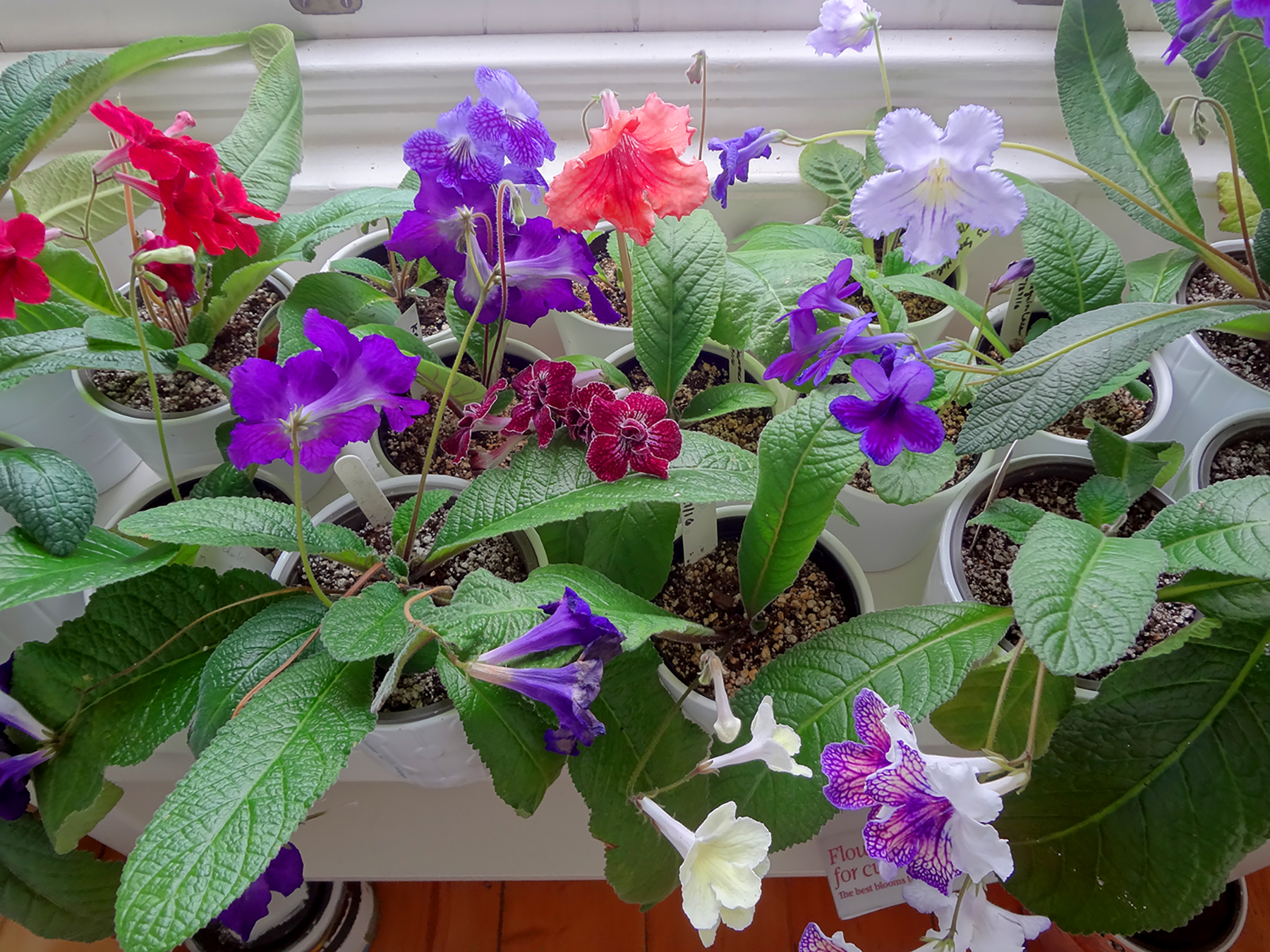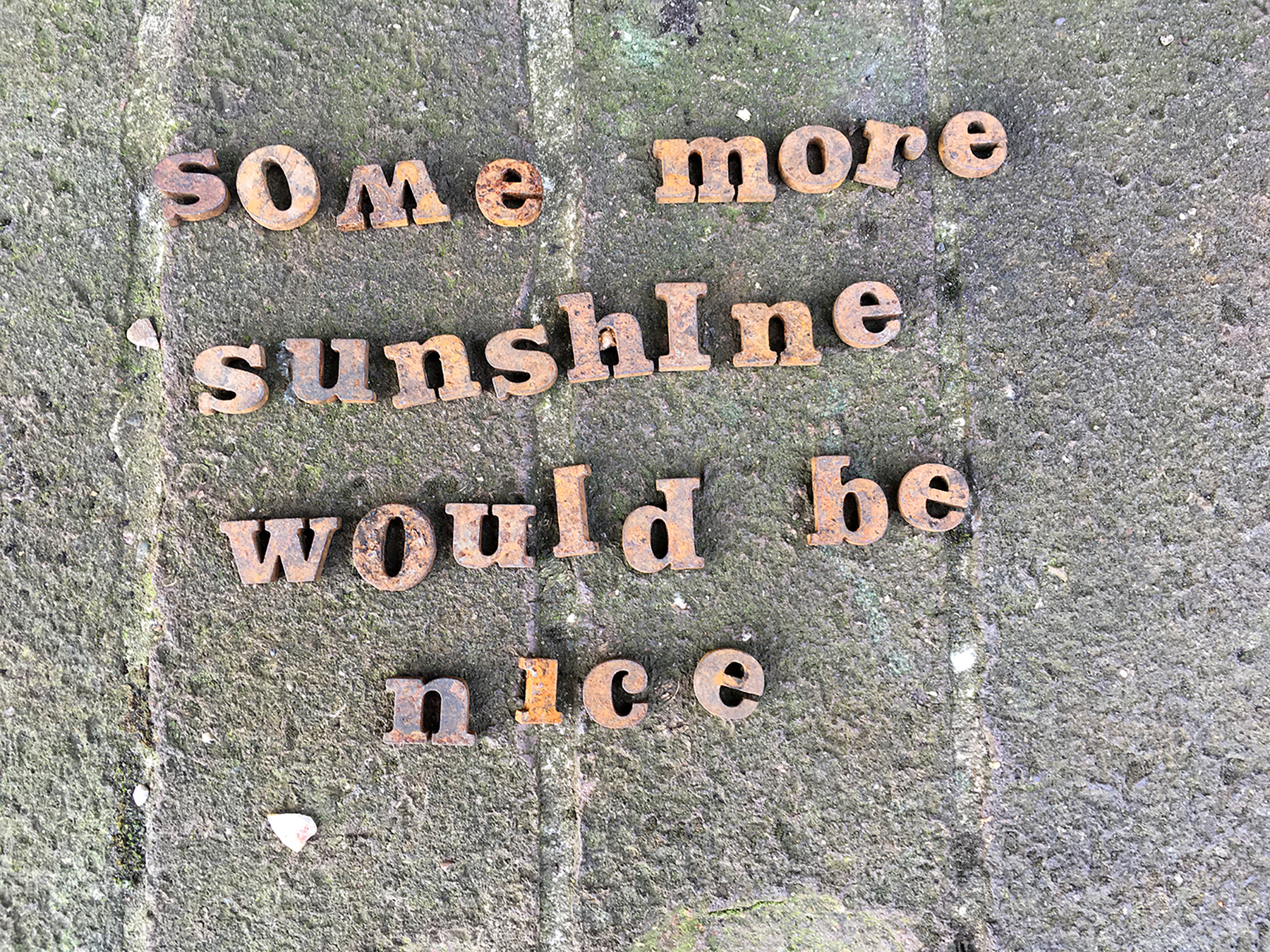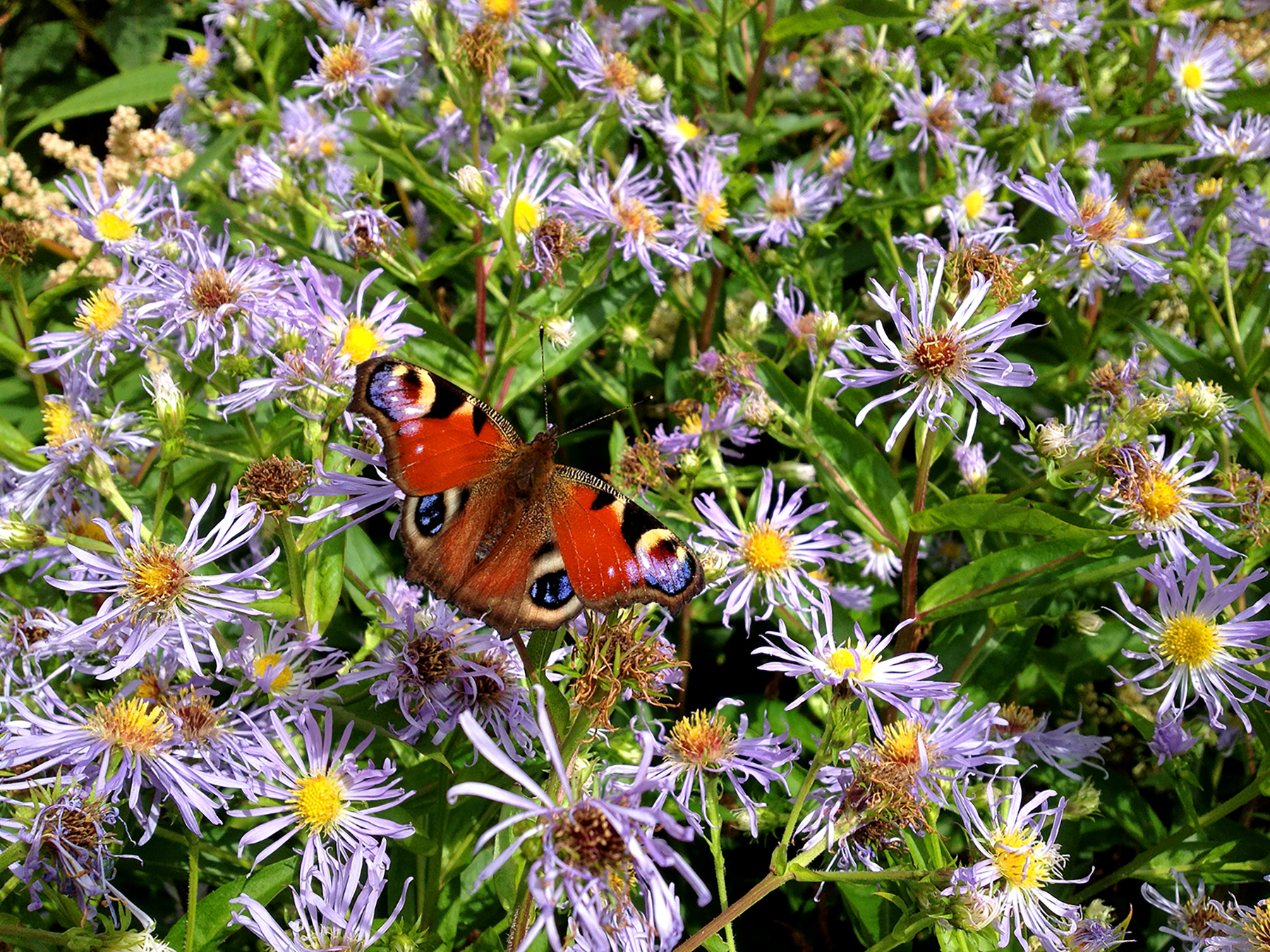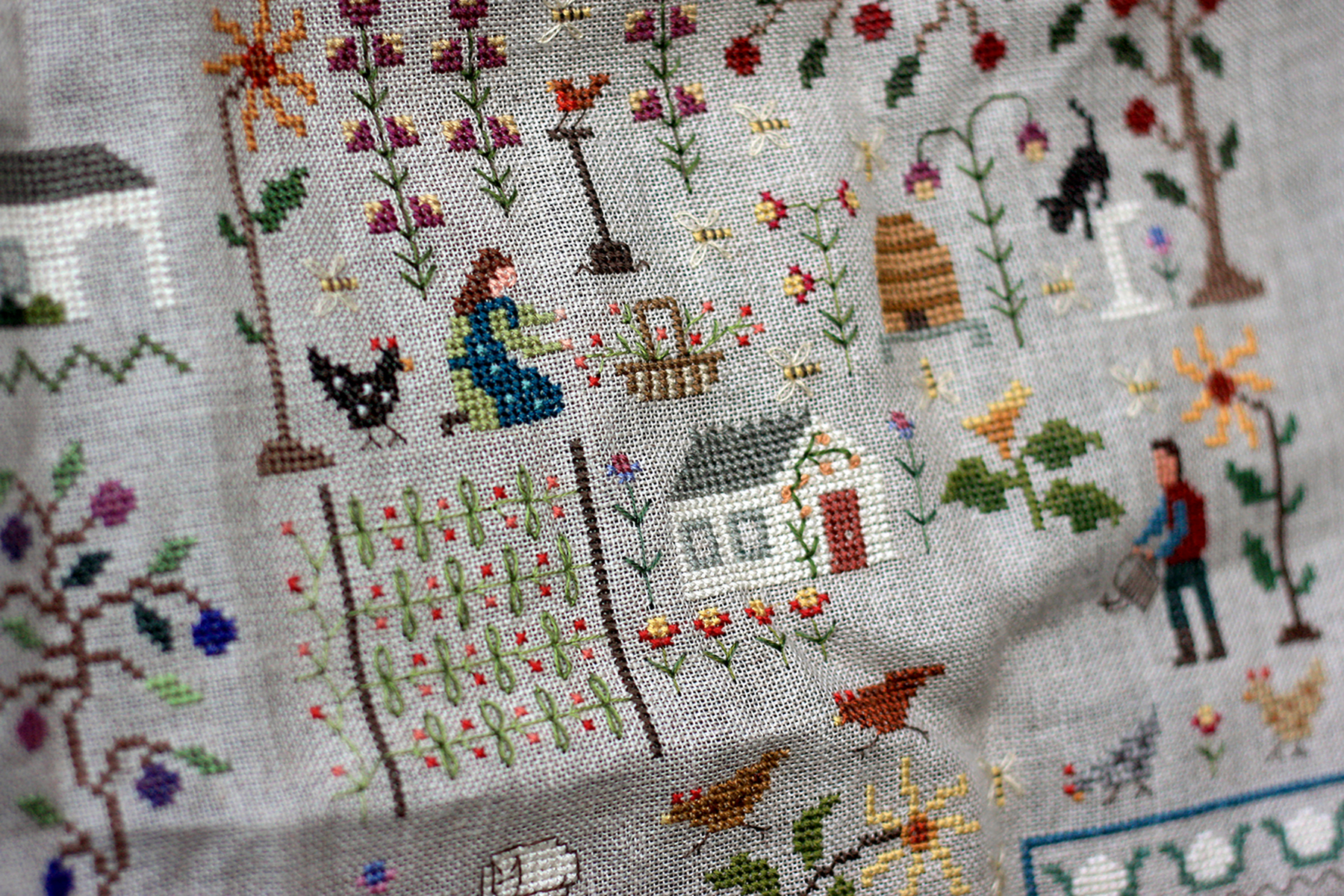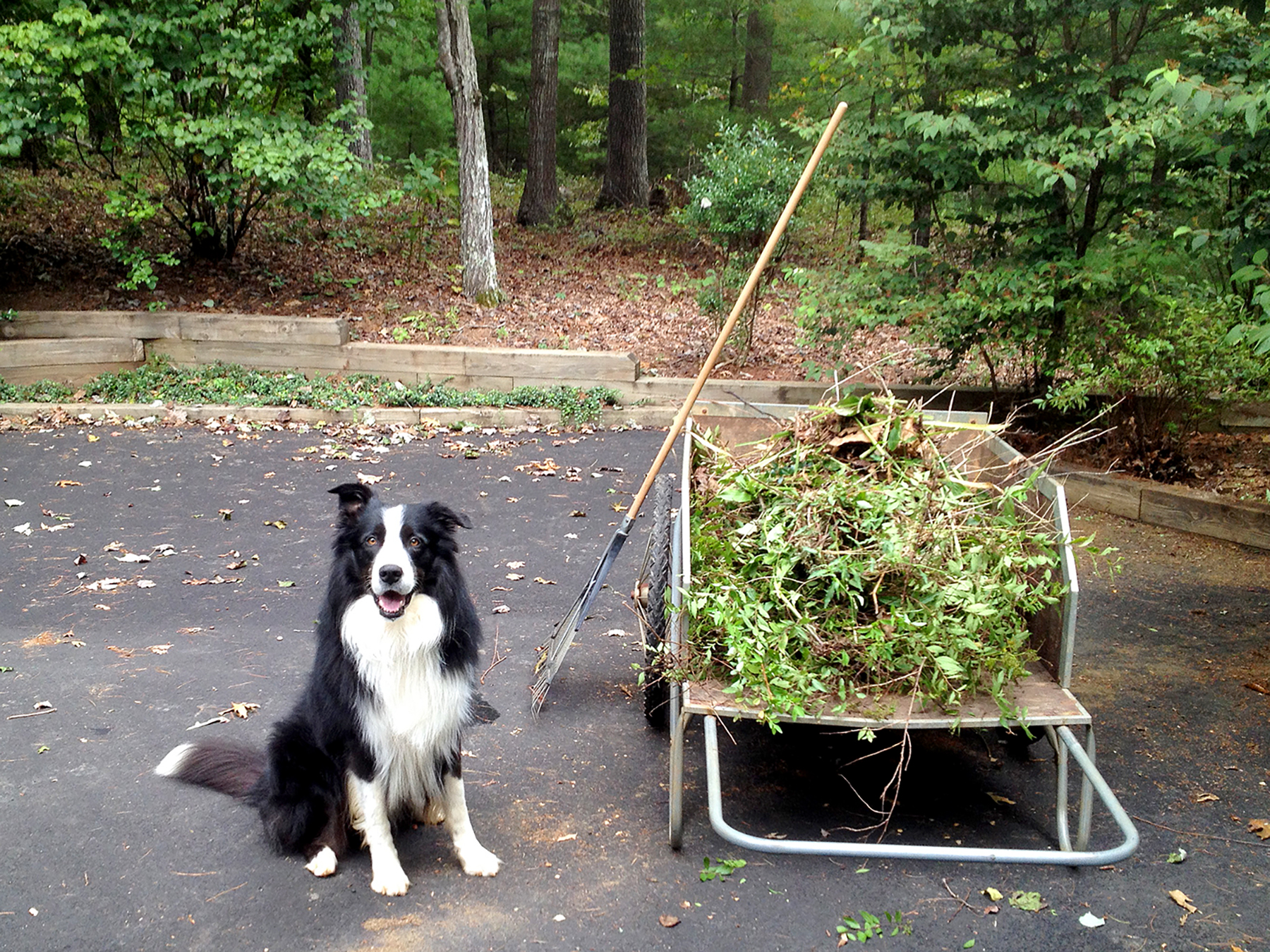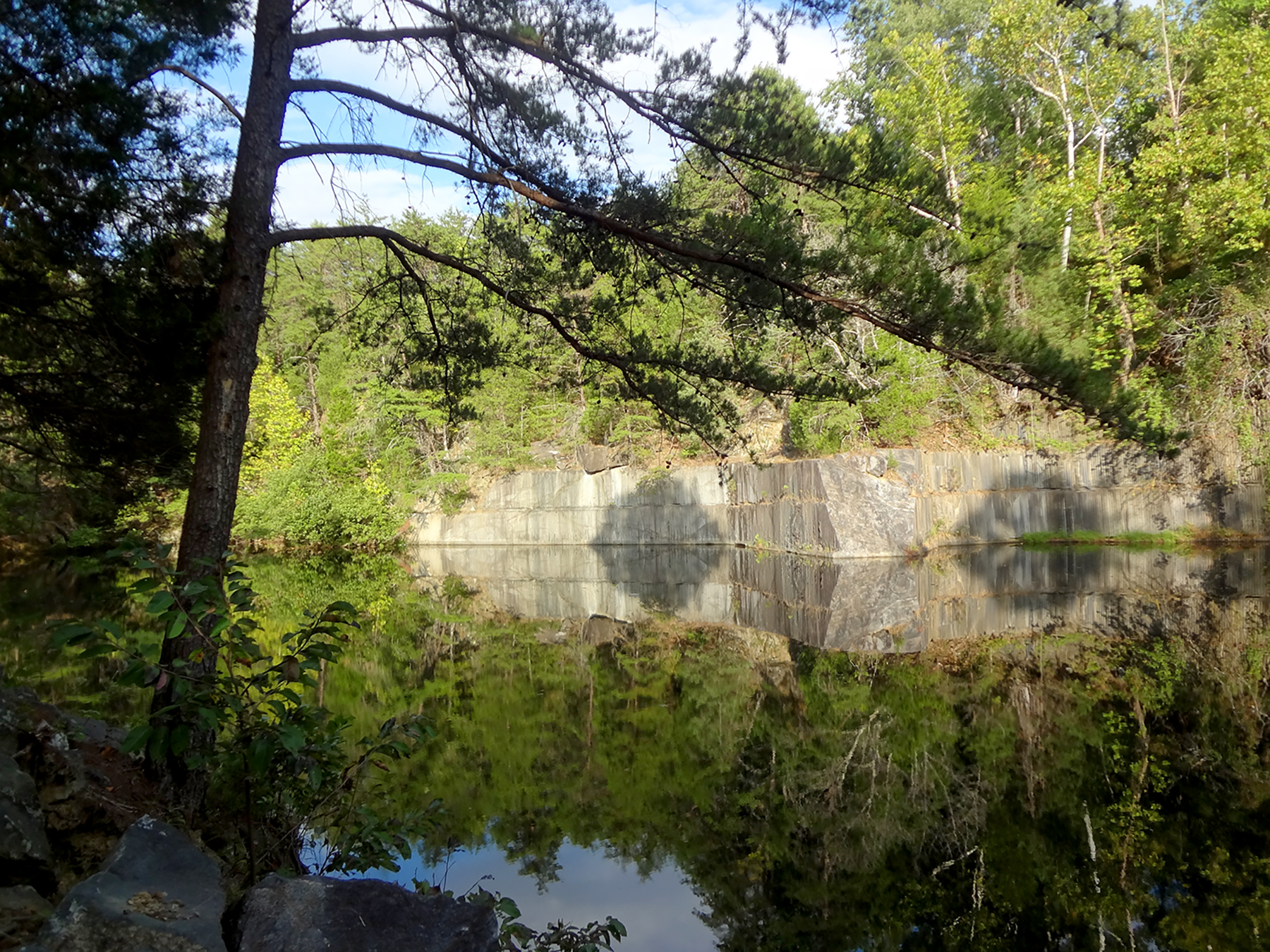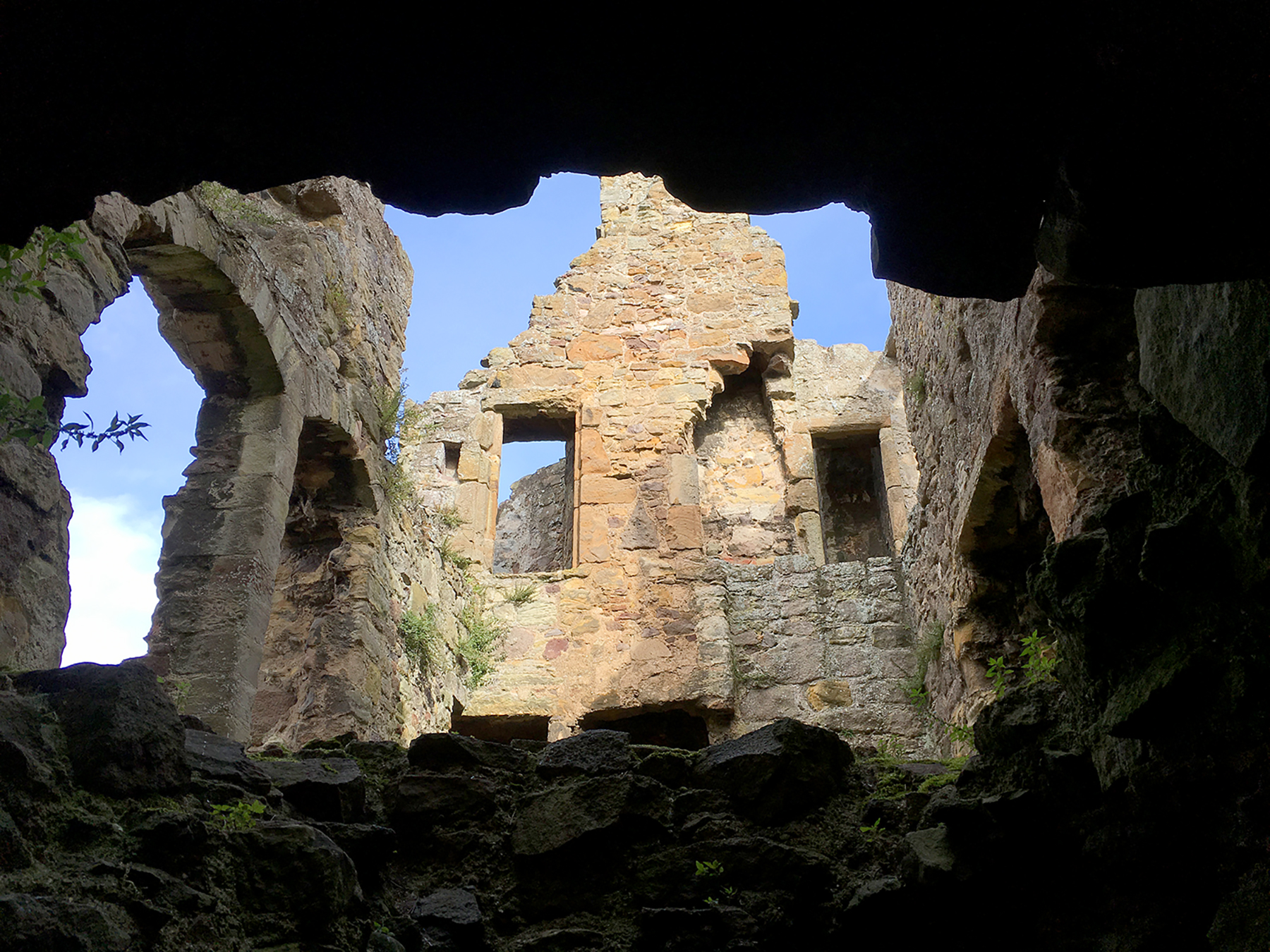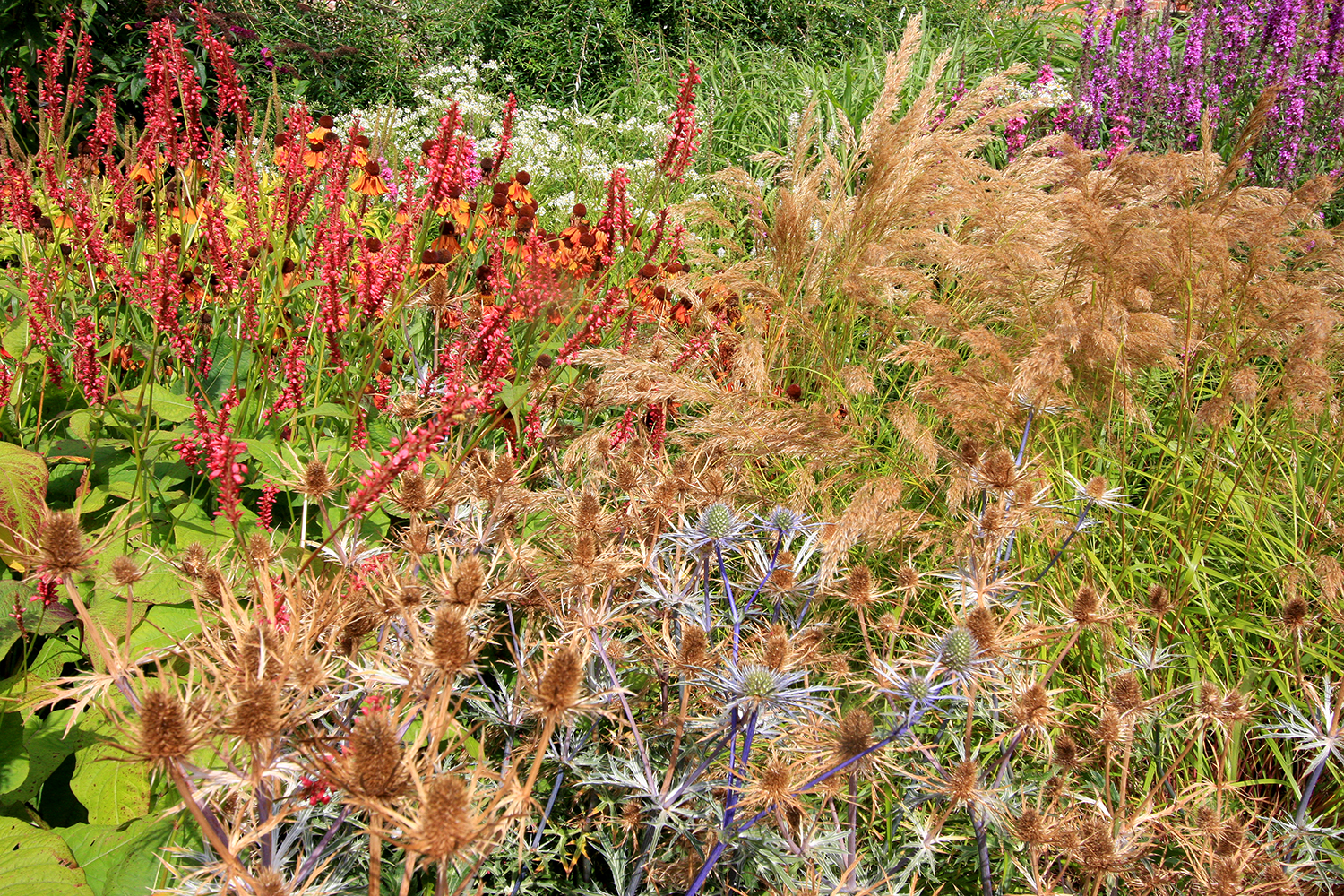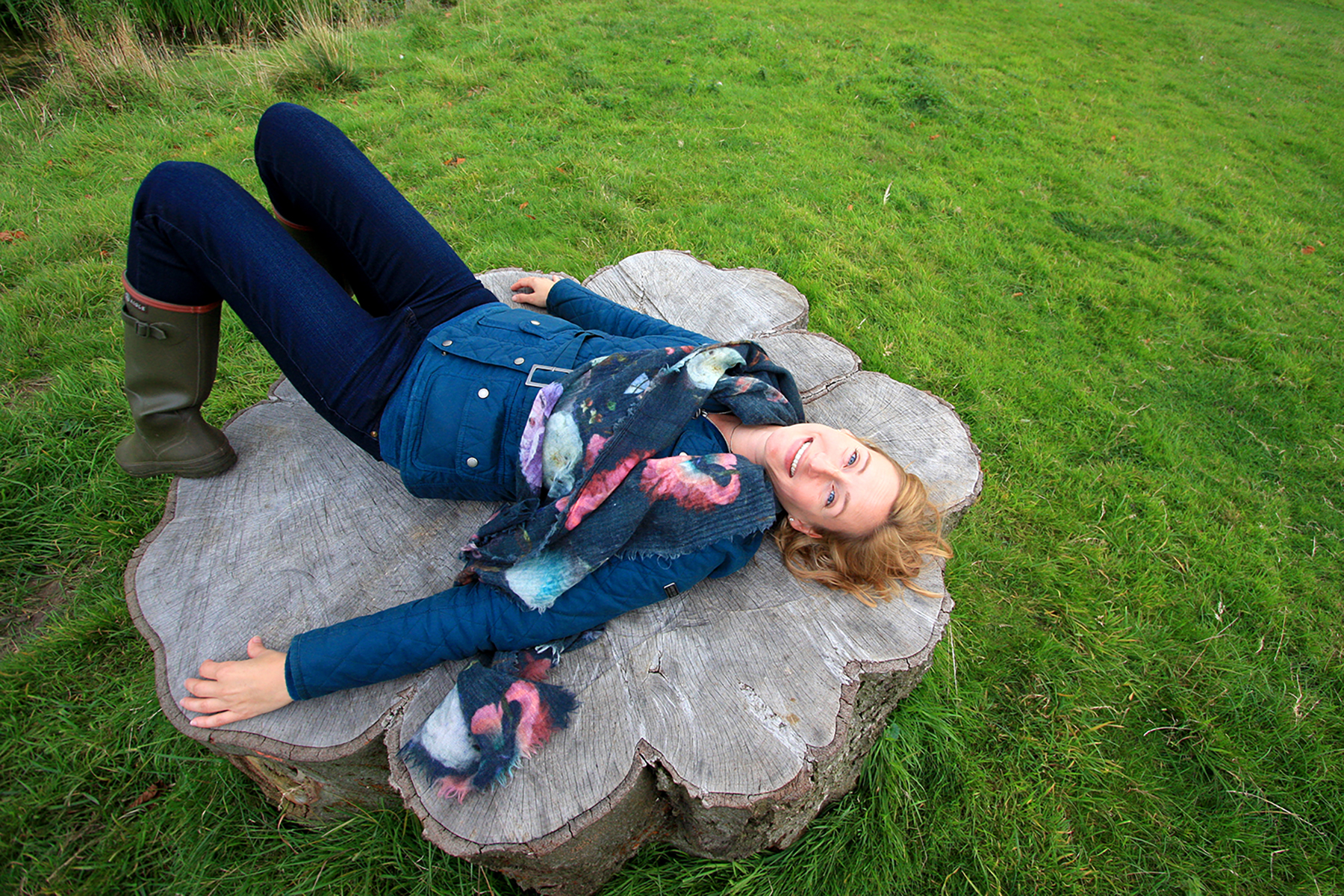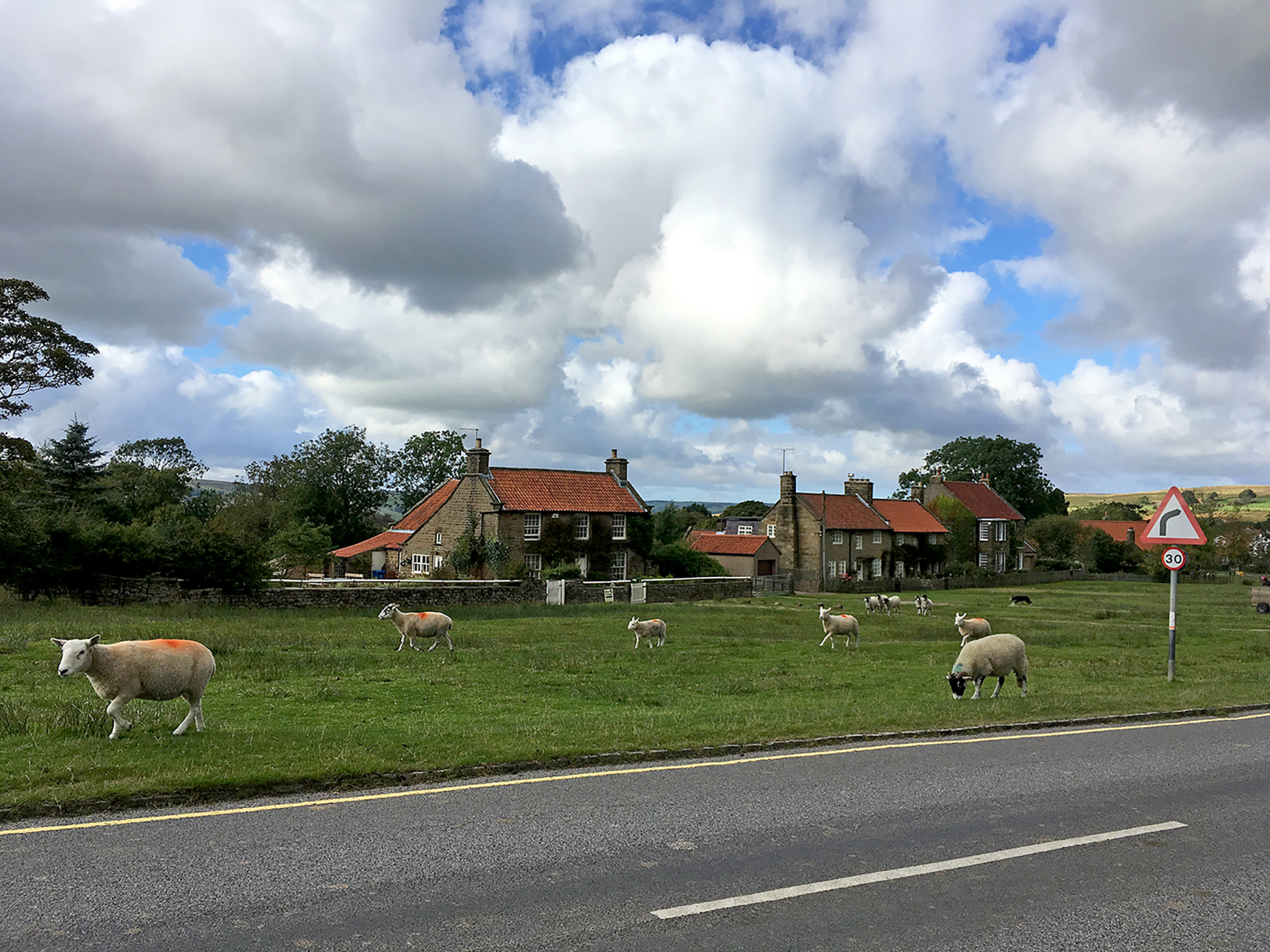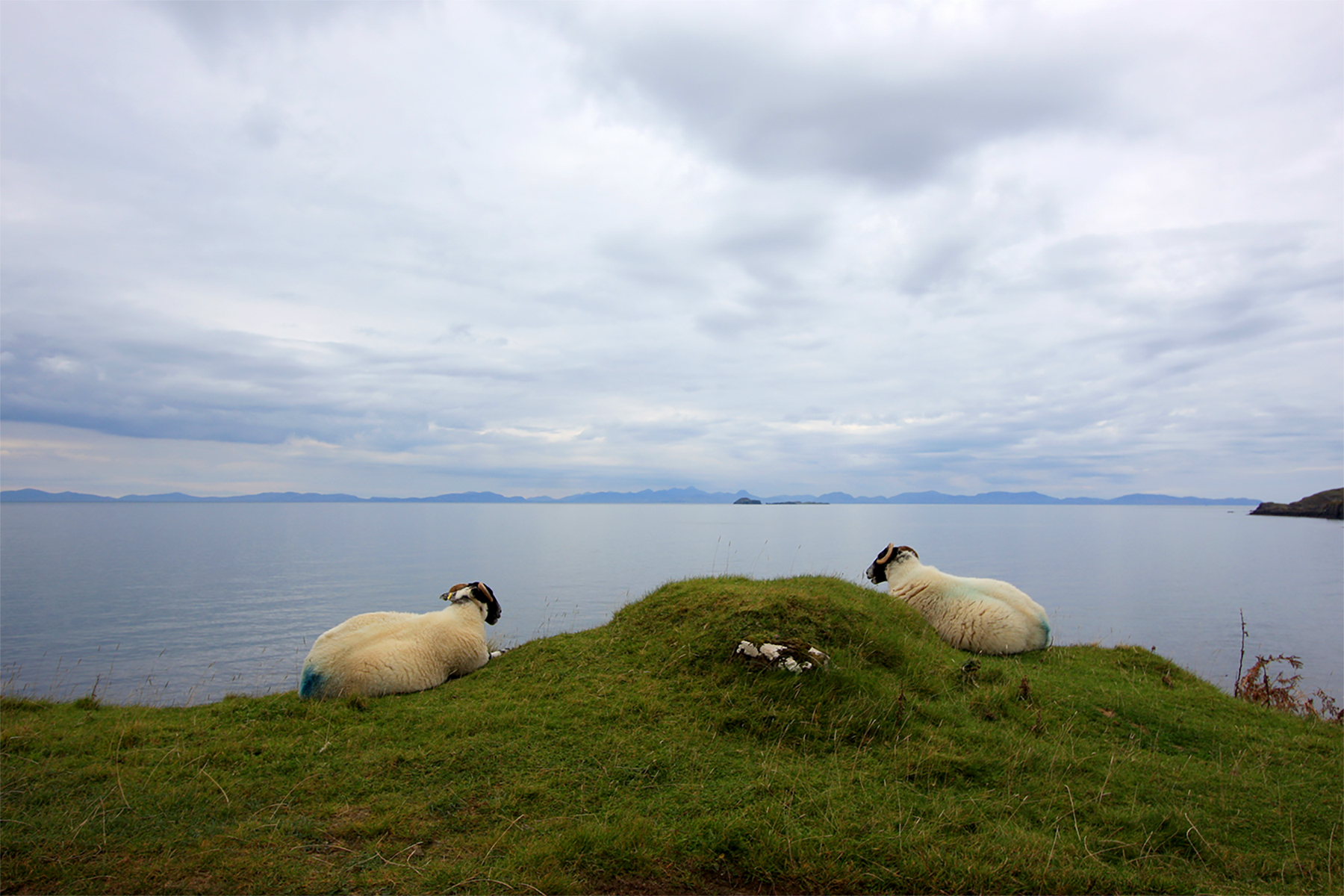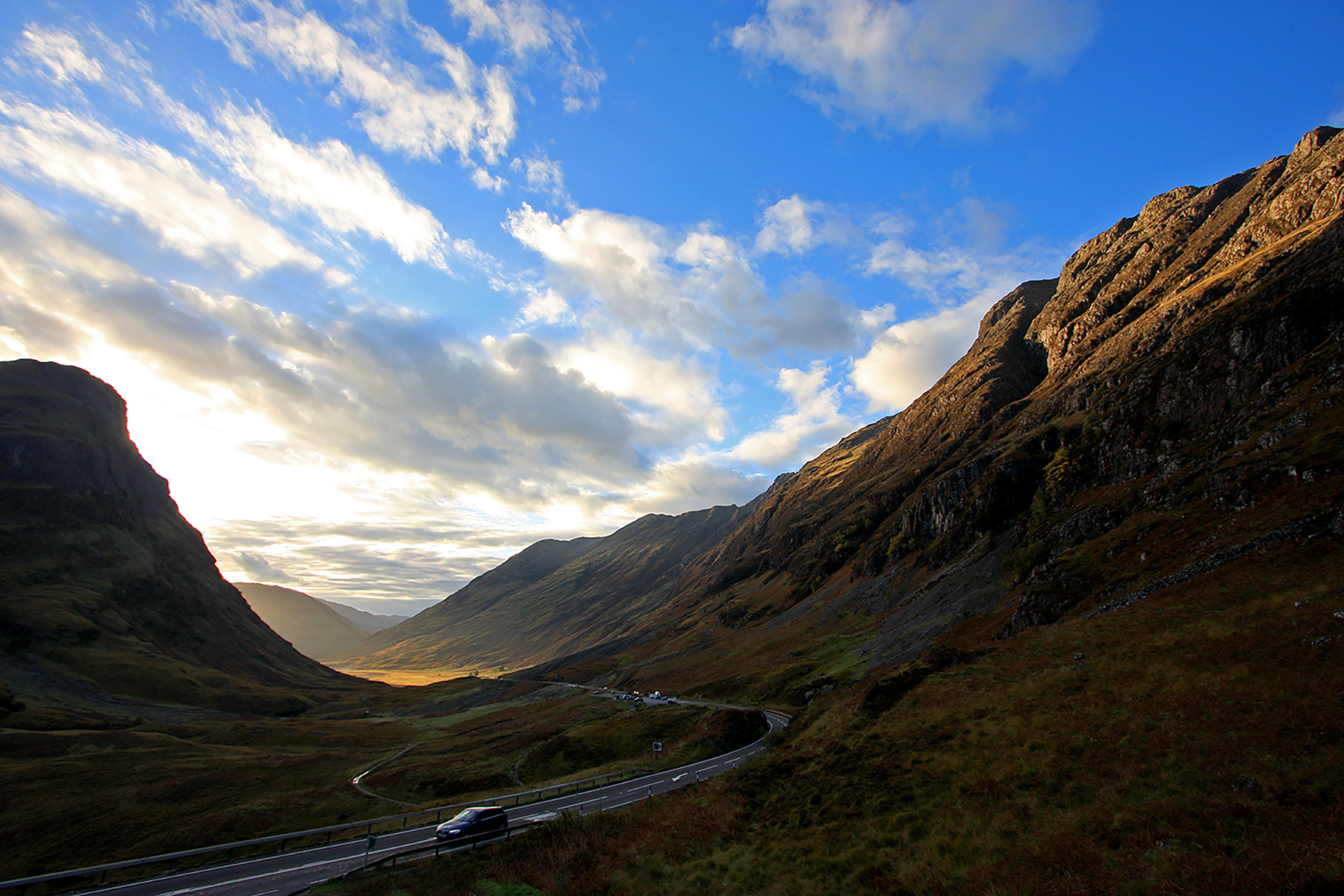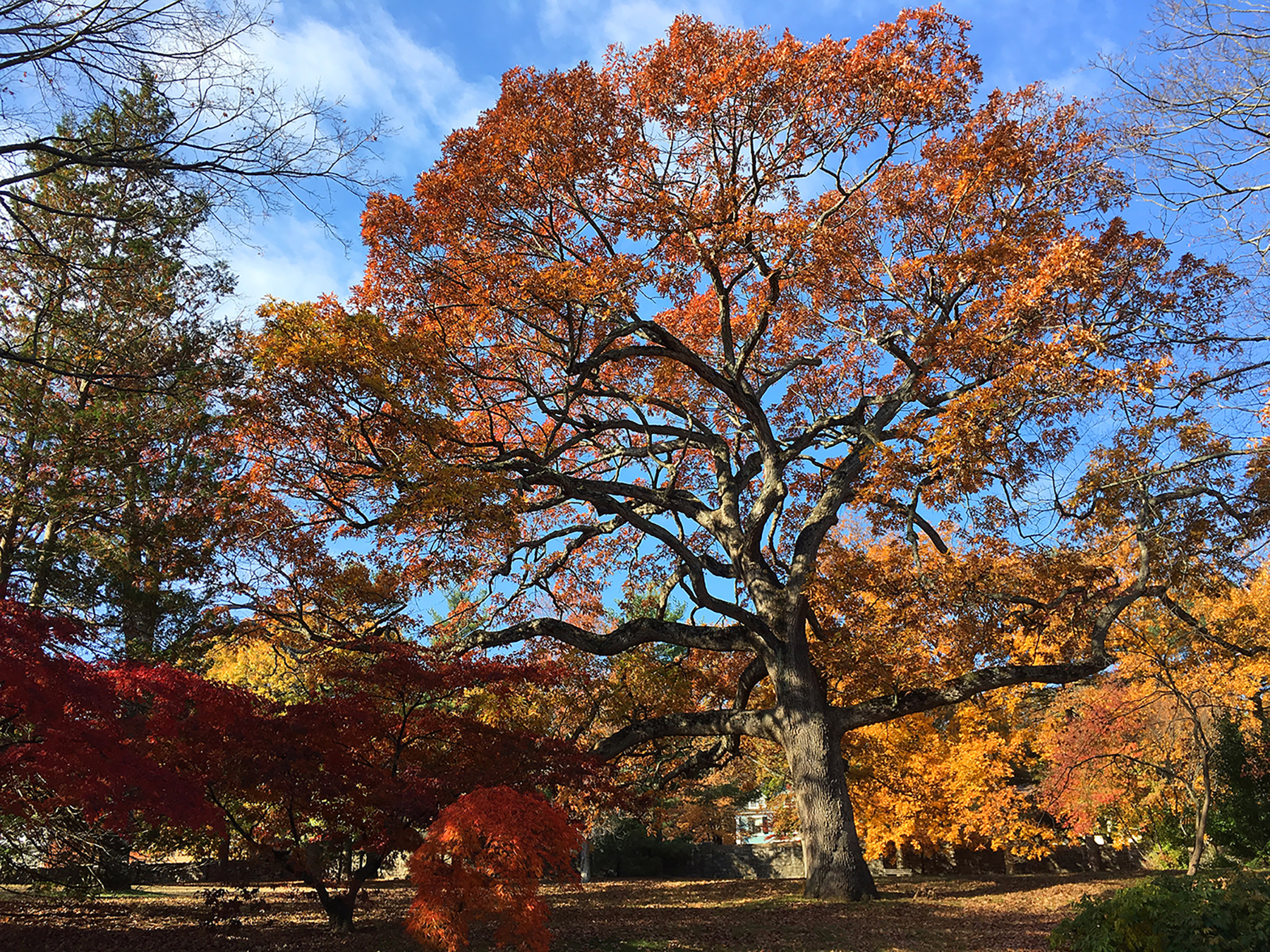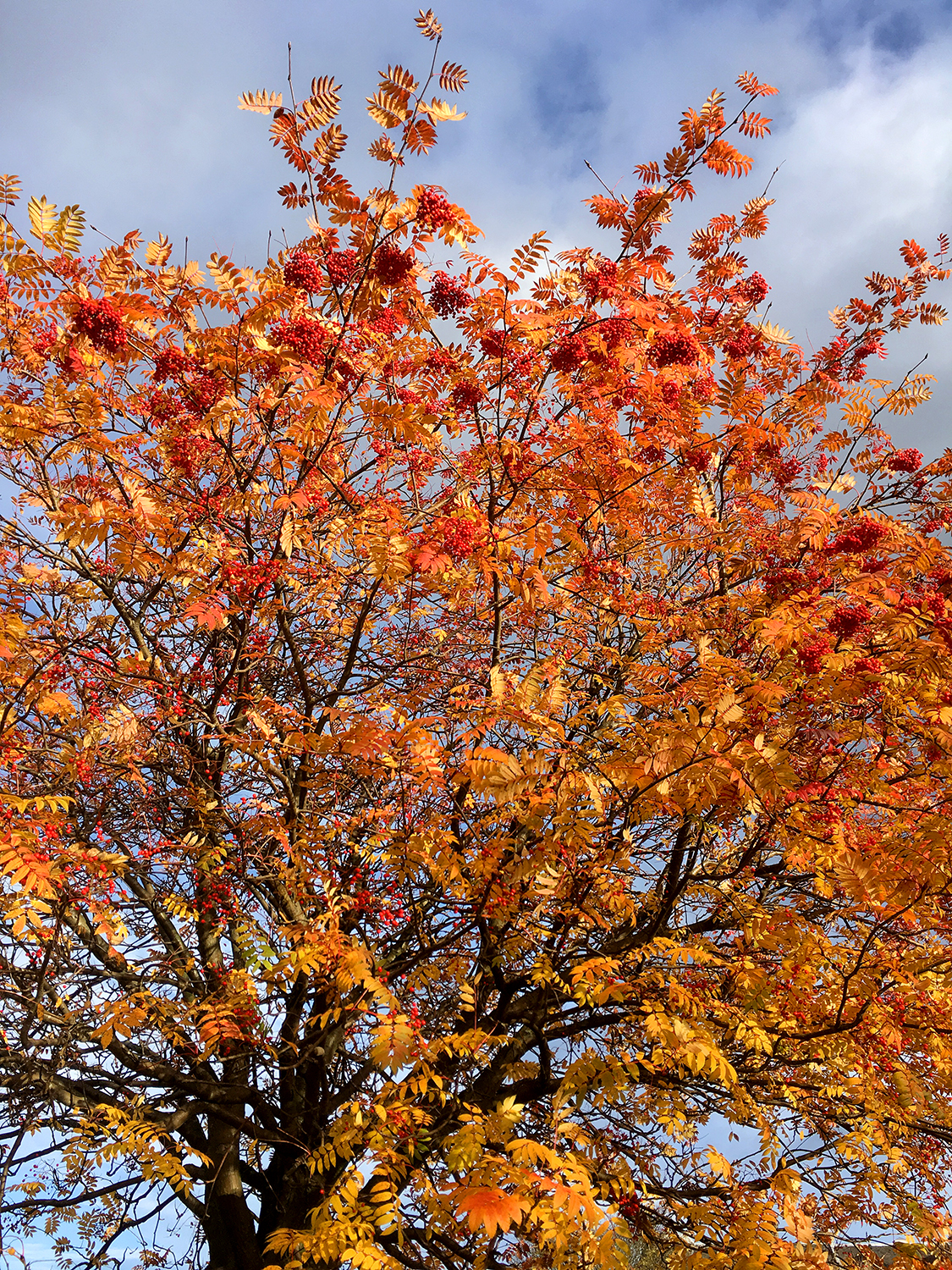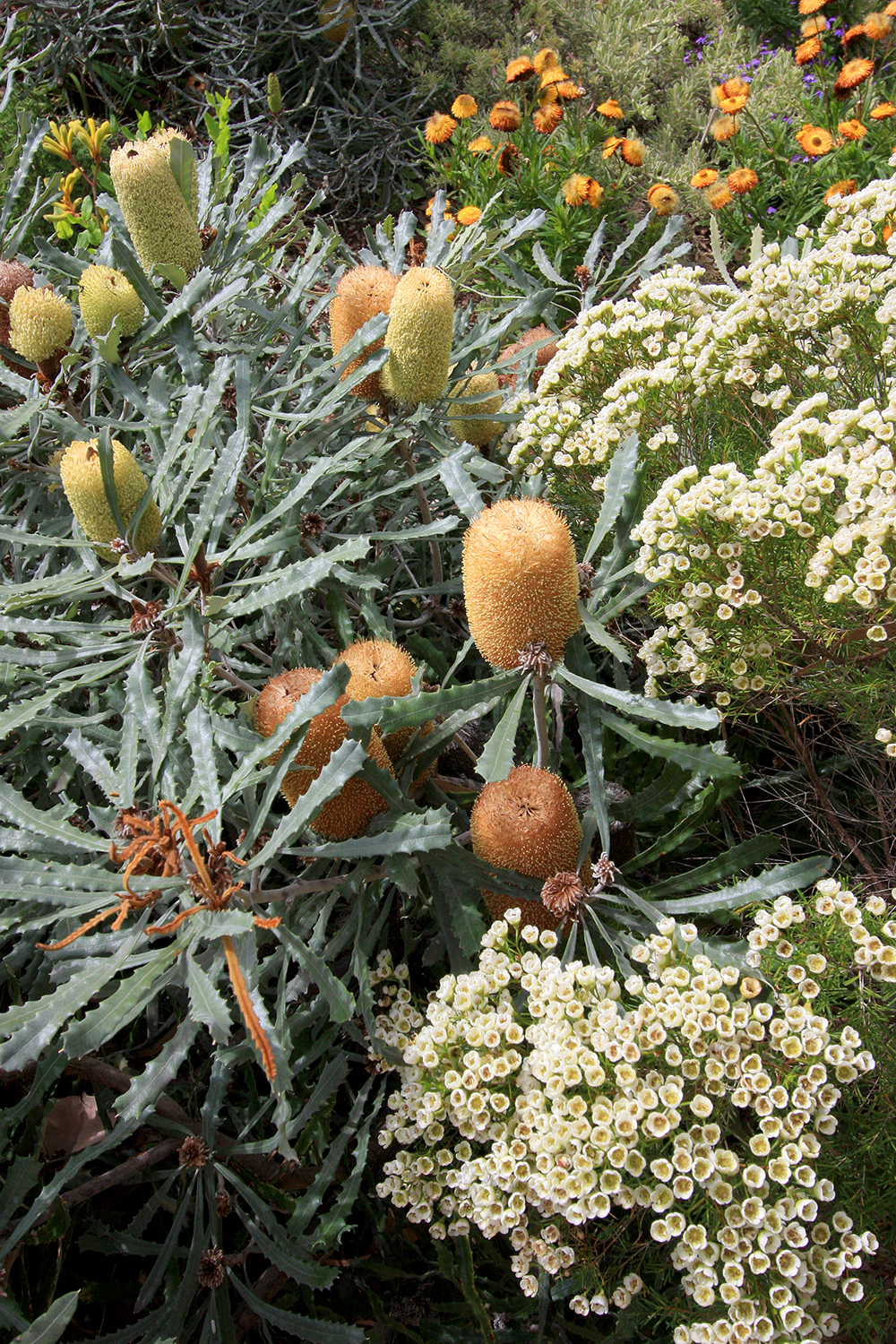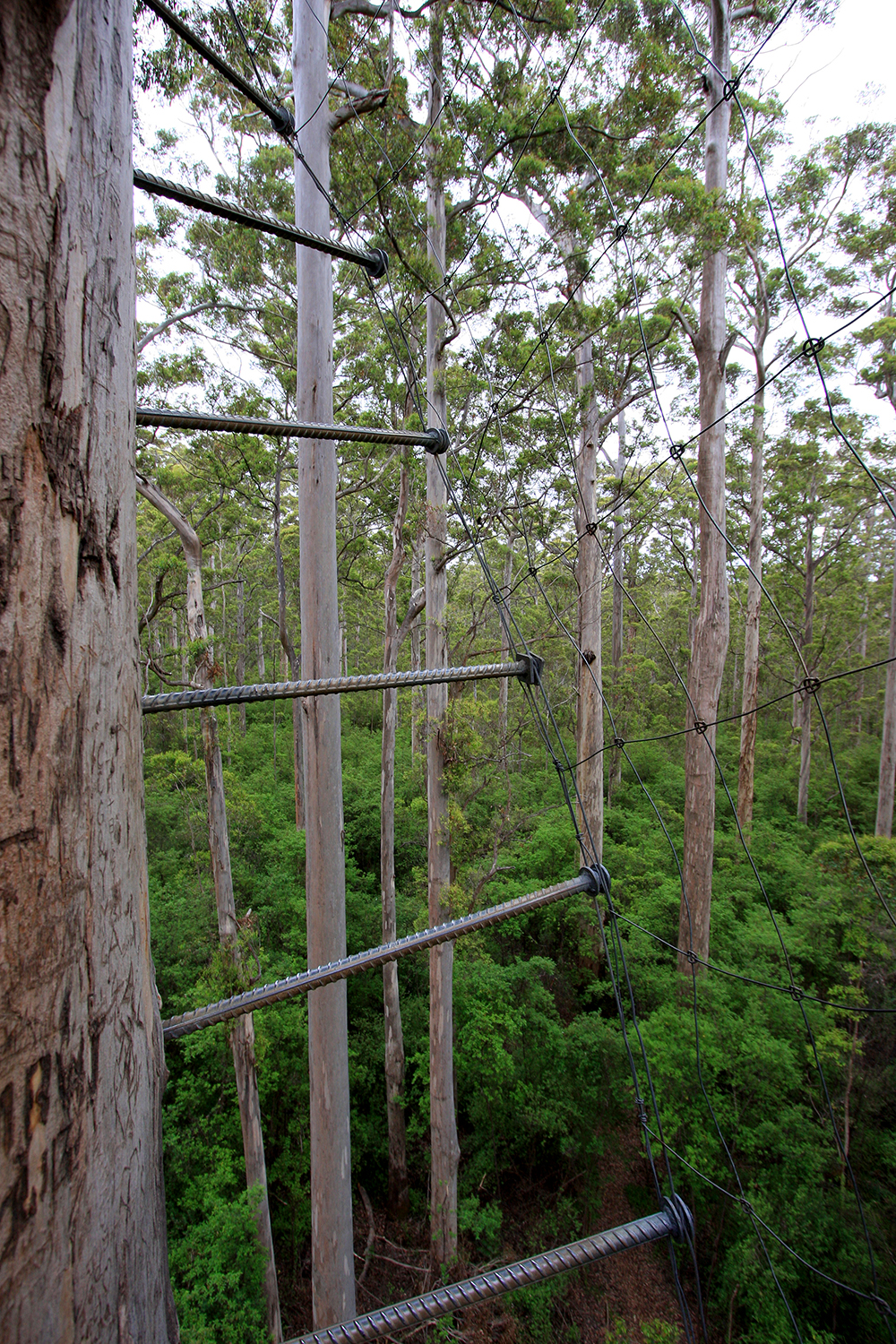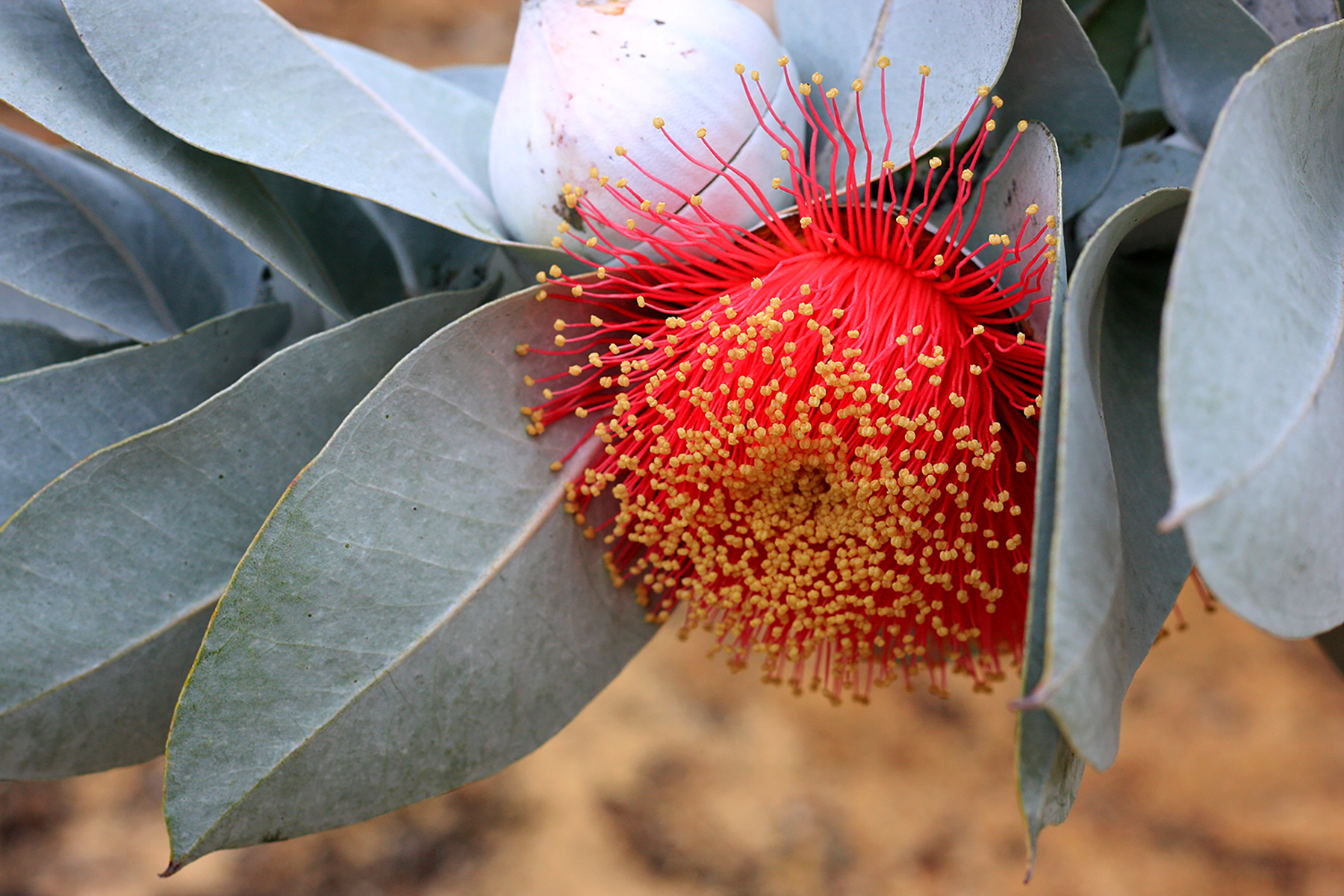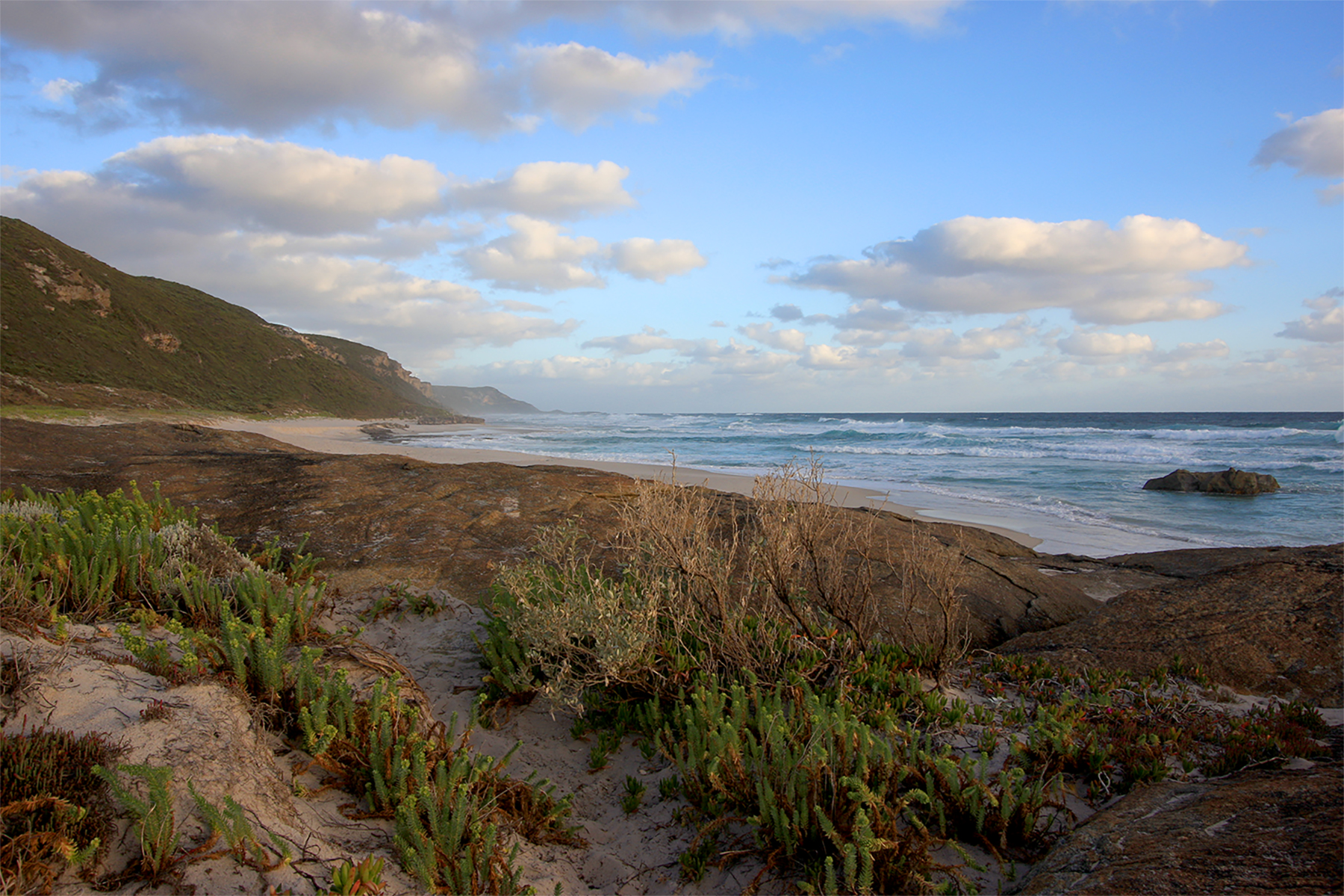Yesterday dawned reasonably mild and almost sunny, so the decision was made to drive down to Dawyck Botanic Garden, a Royal Botanic Garden Edinburgh property in the Scottish Borders known for its snowdrop display. The clouds had once again closed thickly overhead by the time we arrived, and it was spitting rain, but we had a warm welcome from the reception staff and were encouraged to join one of the volunteer-led tours as something of a insider quality assurance scheme.
The tour guide went over much of what was covered during a class trip last year, but for someone with no experience of the garden it would definitely be educational. So often it's easy to look at gardens superficially as just a collection of plants and trees in an aesthetically appealing arrangement. However, gardens are always full of stories, whether they are as globally influenced and influencing as a botanic garden or the personal histories of a private home patch. Because plants can't speak, and designed interpretation can only explain so much, garden tours are the only way to learn these stories that bring gardens even more to life.
From the Dawyck tour guide I learned of the rumors that C. Linnaeus, father of the binomial naming system used today, may have planted the European larch (Larix decidua) near the Dynamo Pond. The story is contested, as Linnaeus is thought to have not traveled further north than Oxford. However, examination of mycorrhizal fungi from the roots of the tree found it to be unique within Britain and originating in Linnaeus' home country of Sweden. That's a botanical mystery--just one of thousands that make horticulture so endlessly fascinating.
The American skunk-cabbage (Lysichiton americanus) has been removed from the banks of the creek winding through the garden. Last year we learned that the garden staff were carefully monitoring this planting, which was dispersing its seed into the watercourse and becoming invasive downstream. In the ensuing year this plant's status as an invasive non-native of serious concern meant it had to go. Our tour guide expressed remorse at losing part of the collection, but I applaud Dawyck for modeling environmentally responsible behavior, which I believe is one of the major obligations of botanic gardens today. Throughout history, plant collectors and horticulturists have sometimes done more damage than good, and with our increased knowledge and sensitivity to the effects of our actions on the living world, now is the time to reverse that trend and begin protecting our environments through more considered husbandry.
I also learned a few new words, including "indumentum," a kind of catch-all term to describe plant surface coverings of any kind, such as hairs or scales. This bit of botanical vocabulary was passed on whilst examining a fuzzy Rhododendron leaf. In addition to its snowdrops, Dawyck is known for its collection of Rhododendron species, the earliest of which were just on the brink of bloom.
But back to the snowdrops (Galanthus nivalus), the real reason for the trip. This was my first visit to a "snowdrop wood," and it did not disappoint. Snowdrops grew throughout the entire garden, but were mostly concentrated along the burn, where they grew so thickly as to actually look, at a distance, like a blanket of snow.
Snowdrops are sweet and pretty, and if I ever garden a woodland I'll definitely turn a bunch loose to spread at will. I understand their importance as one of the first flowers of the year, bringing hope for the spring just to come. But I'll never be a galanthophile, which is just as well given the seemingly ridiculous prices paid by some collectors for specimens, such as the rare yellow-bloomed varieties. At right, Galanthus nivalis 'Sandersii' Lowick blooming last week in the alpine backup area of RBGE.
Paying up to $2,500 a bulb for a tiny plant that pushes out a chlorotic-looking bloom just seems silly to me, but people get very passionate about their snowdrops, fueling what could be the tulip bubble of the 21st century.
The mass effect of a snowdrop wood is impressive, and I imagine it would be even more so with a little bit of sun. But until I garden on such a scale I'll enjoy my snowdrops close-up, in simple clay pots, where I can appreciate their perfectly delicate form. And I'll get my Galanthus fix from places like Dawyck, where snowdrops and stories abound.


